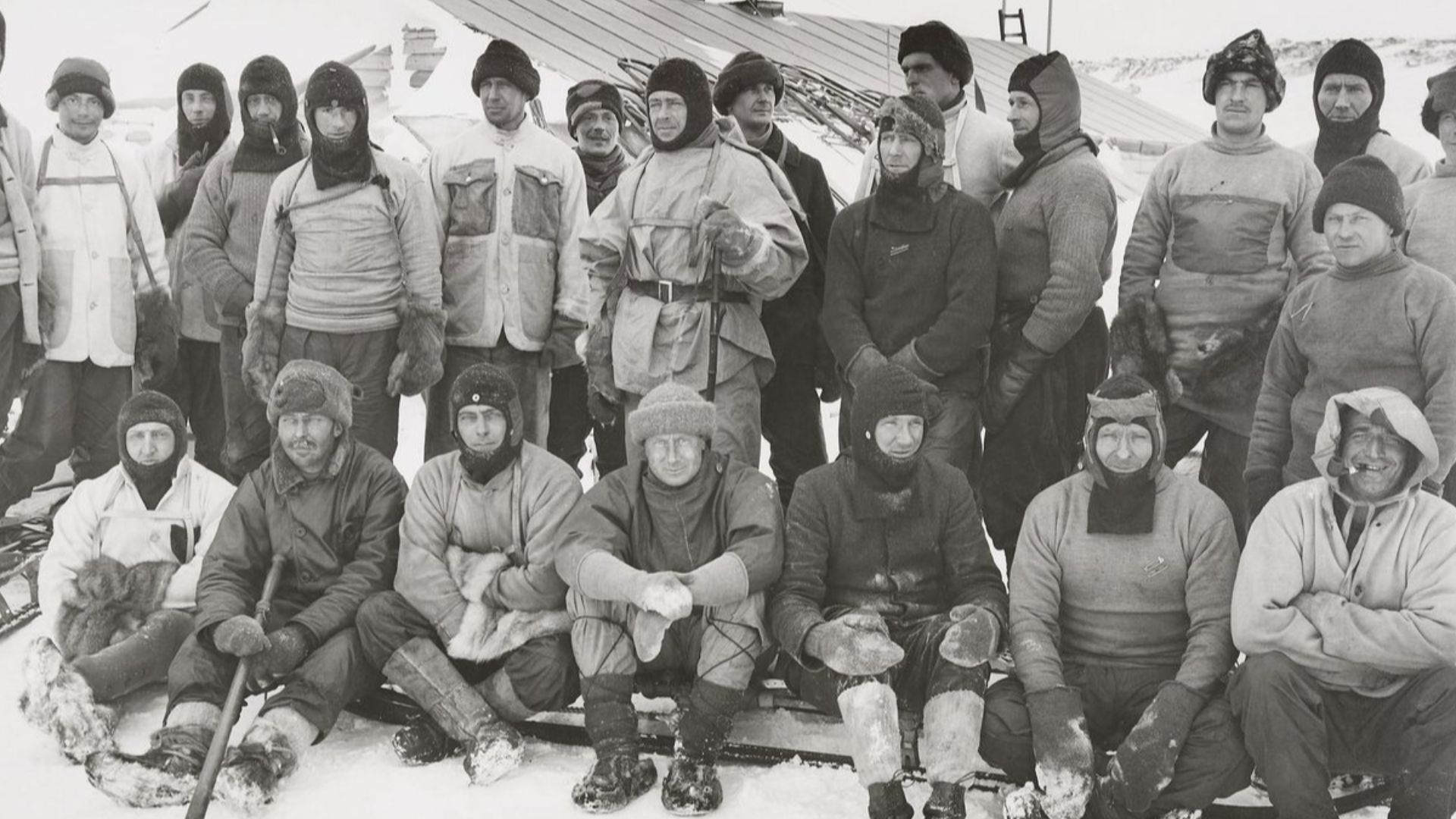The Drive To Explore
Many humans have wondered what was on the other side of a nearby hill, or a mountain range blocking their horizon. Few have chosen to venture forth into the unknown and uncover what’s there. Even fewer have gone to such extremes as those on the Antarctic Terra Nova Expedition.
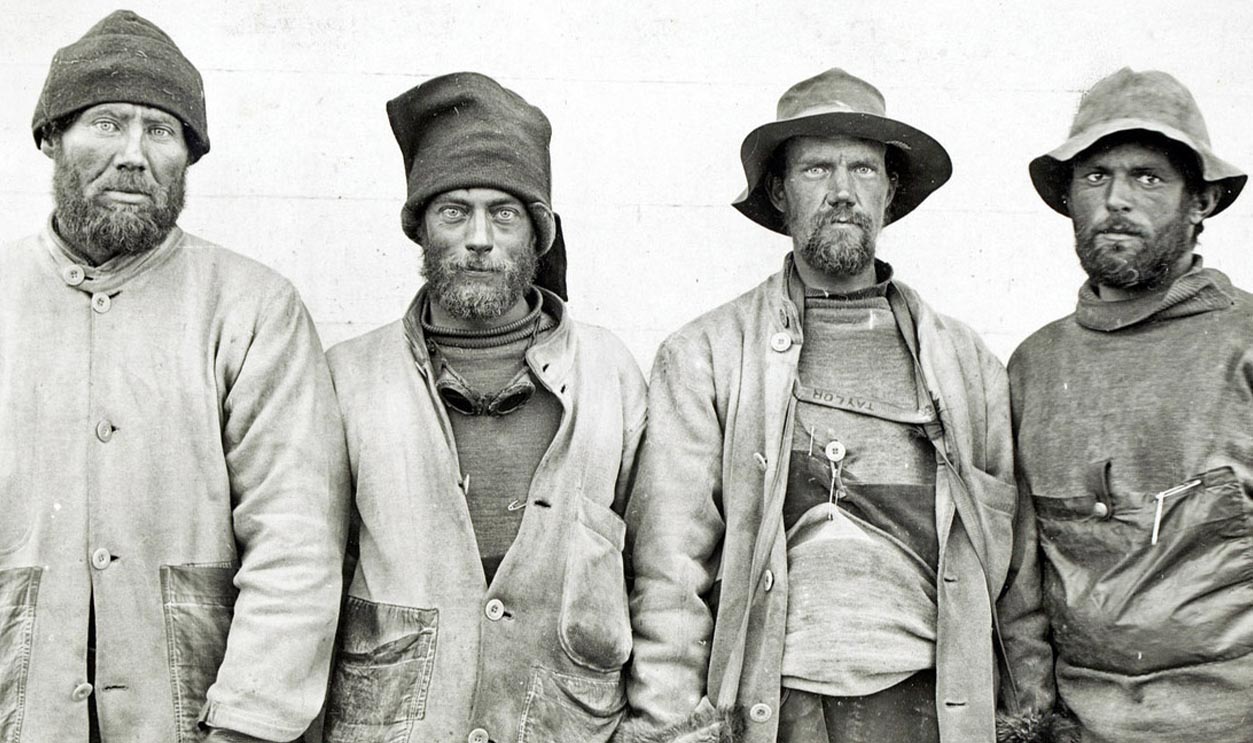
Ambitious From The Start
This expedition was officially known as the British Antarctic Expedition. Captain Robert Falcon Scott led the voyage that spanned from 1910-1913. He and his team set out for knowledge and glory. Instead, they were met with incomparable horrors.
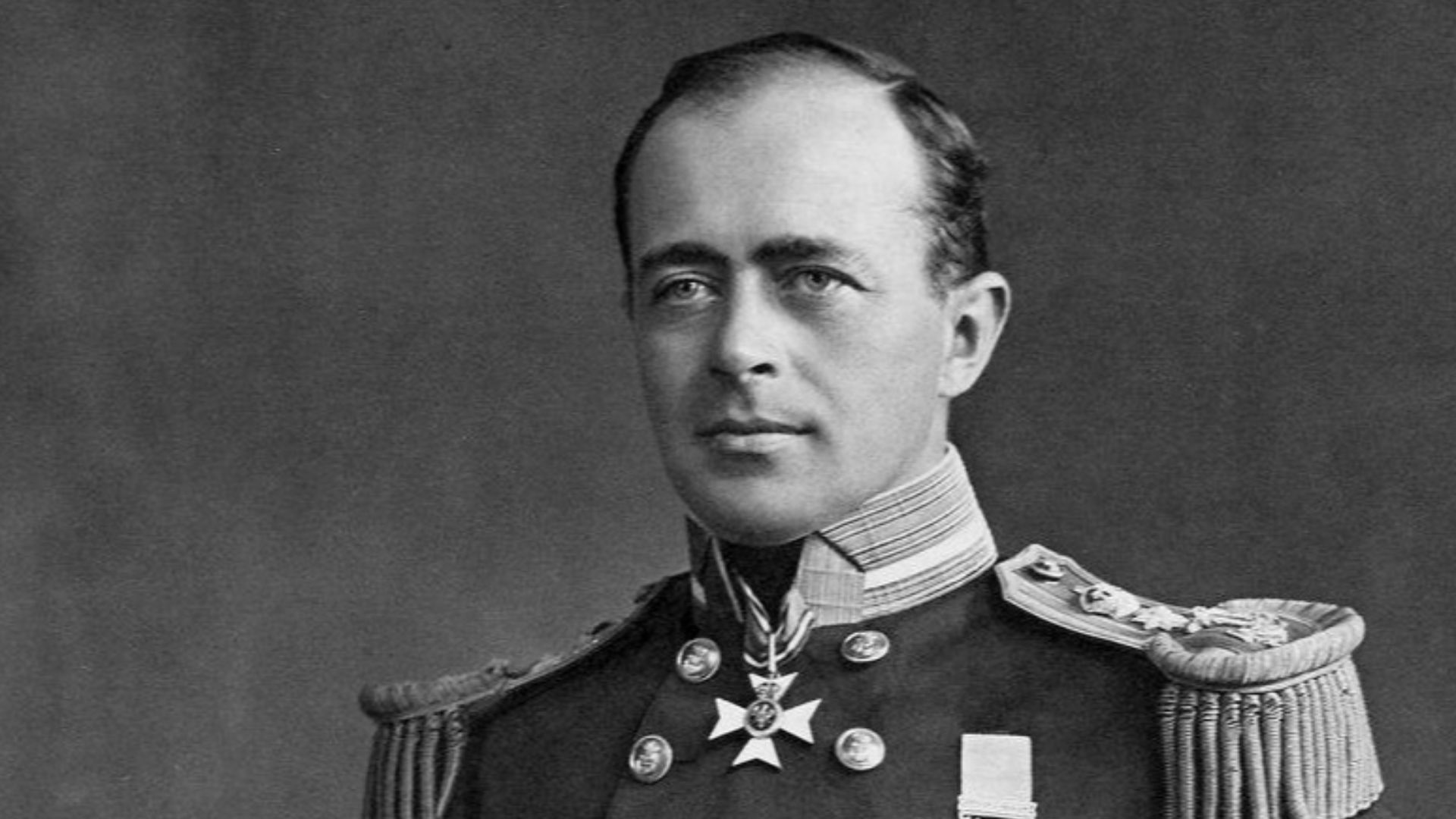 Henry Maull (1829–1914) and John Fox (1832–1907), Wikimedia Commons
Henry Maull (1829–1914) and John Fox (1832–1907), Wikimedia Commons
Planning Was Key
Before Scott set out, he had to make some preparations. He established a base at McMurdo Sound, where he and his men could perform their work. But when another explorer, Ernest Shackleton, used the area as his own area of work, Scott set some ambitious goals.
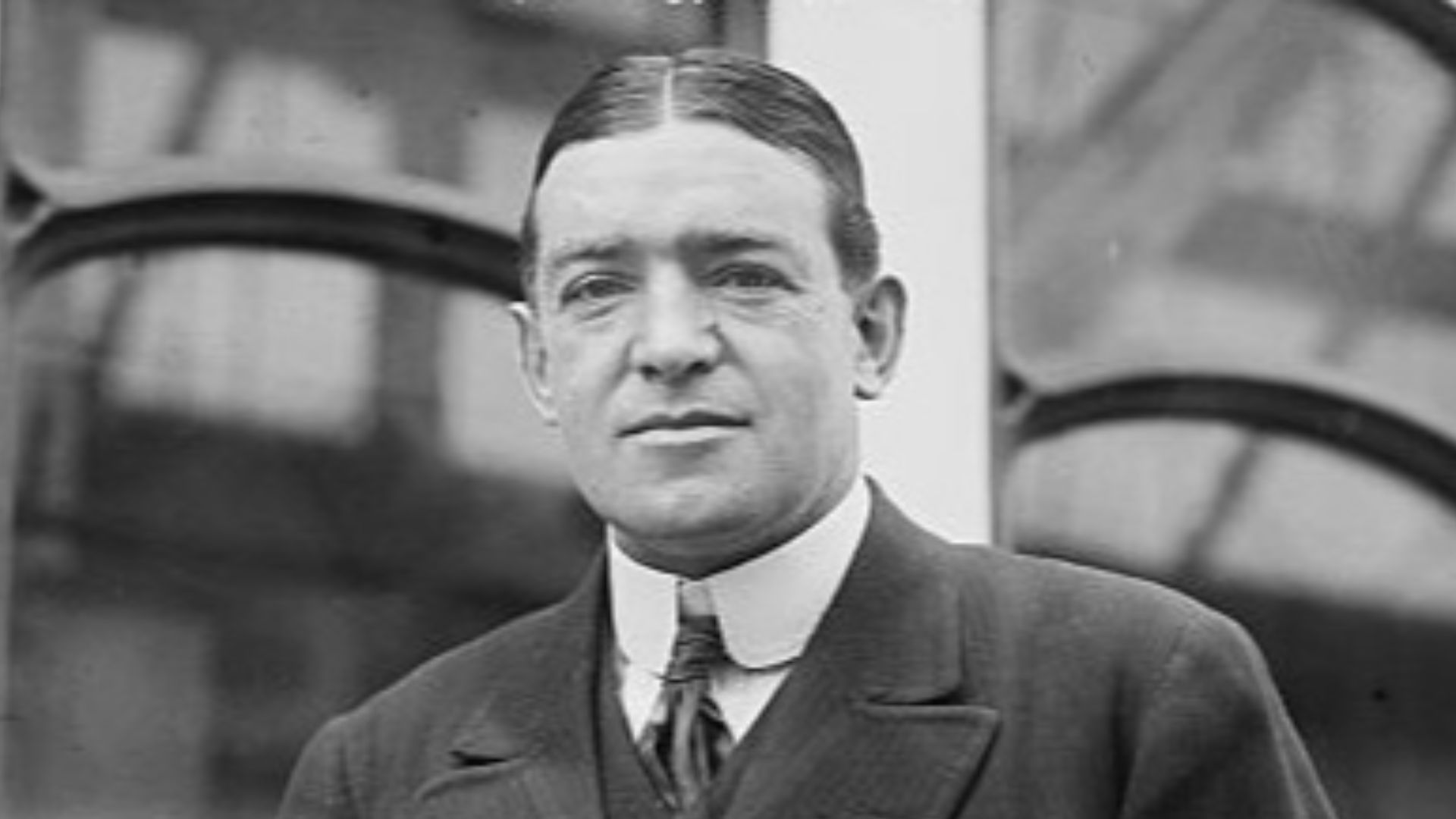 Bain News Service, publisher, Wikimedia Commons
Bain News Service, publisher, Wikimedia Commons
The Right Personnel Would Make Or Break The Mission
Scott gathered 65 personnel from 8,000 applicants. This included four hand-picked men who would join him as his closest companions and crew. Lieutenant Edward Evans was Scott’s right-hand man, and Edward Adrian Wilson, Lawrence “Titus” Oates, Henry Robertson Bowers, and Petty Officer Edgar Evans were among those chosen.
 Edward Thomas Wilson (1832–1918), Wikimedia Commons
Edward Thomas Wilson (1832–1918), Wikimedia Commons
Assembling All The Necessary Details
Scott planned for their transportation methods well ahead of time. He decided they would utilize dog teams and sleds, motor sledges (predecessor of tanks and snowcats), and ponies. Scott’s hopes for the ponies were high, but he ended up being profoundly disappointed by their performance.
 Henry Bowers (1883 - 1912), Wikimedia Commons
Henry Bowers (1883 - 1912), Wikimedia Commons
Investing In This Expedition
The beginning of the voyage was filled with last-minute bids for funding. As the team and their ships gradually made their way south, via South Africa, Australia, and New Zealand, Scott made a shocking discovery. They weren’t the only team en route to the Pole.
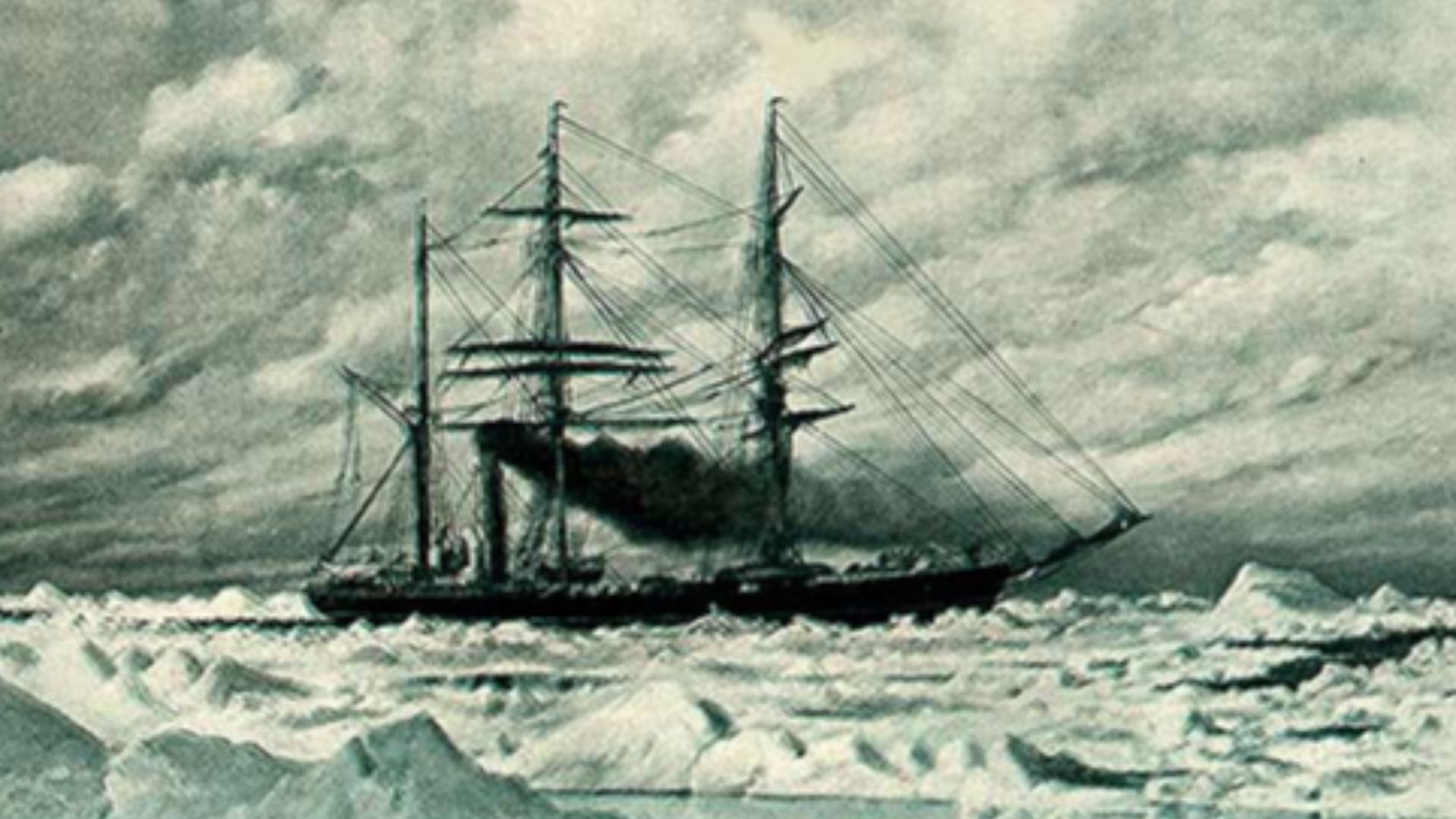 Anthony Fiala, Wikimedia Commons
Anthony Fiala, Wikimedia Commons
Competition Was An Intense Motivator
A telegram written by the leader of a Norwegian expedition revealed that their group was ahead of the British expedition. Now, Scott was in a race against time and another ship to make it to the Antarctic. Their bad luck began early as they left New Zealand and fjorded their way further south.
 DEA, BIBLIOTECA AMBROSIANA, Getty ImagesThey Faced Adversity Right Away
DEA, BIBLIOTECA AMBROSIANA, Getty ImagesThey Faced Adversity Right Away
Their ship was overloaded with 31 men, 34 dogs, 19 ponies, and three sledges. But a few days into the voyage, a huge storm blew through. The crew had to use buckets to bail the ship out, as the pumps on the ship had failed. They also lost some of their supplies, both animal and material. Their bad luck didn’t stop there.
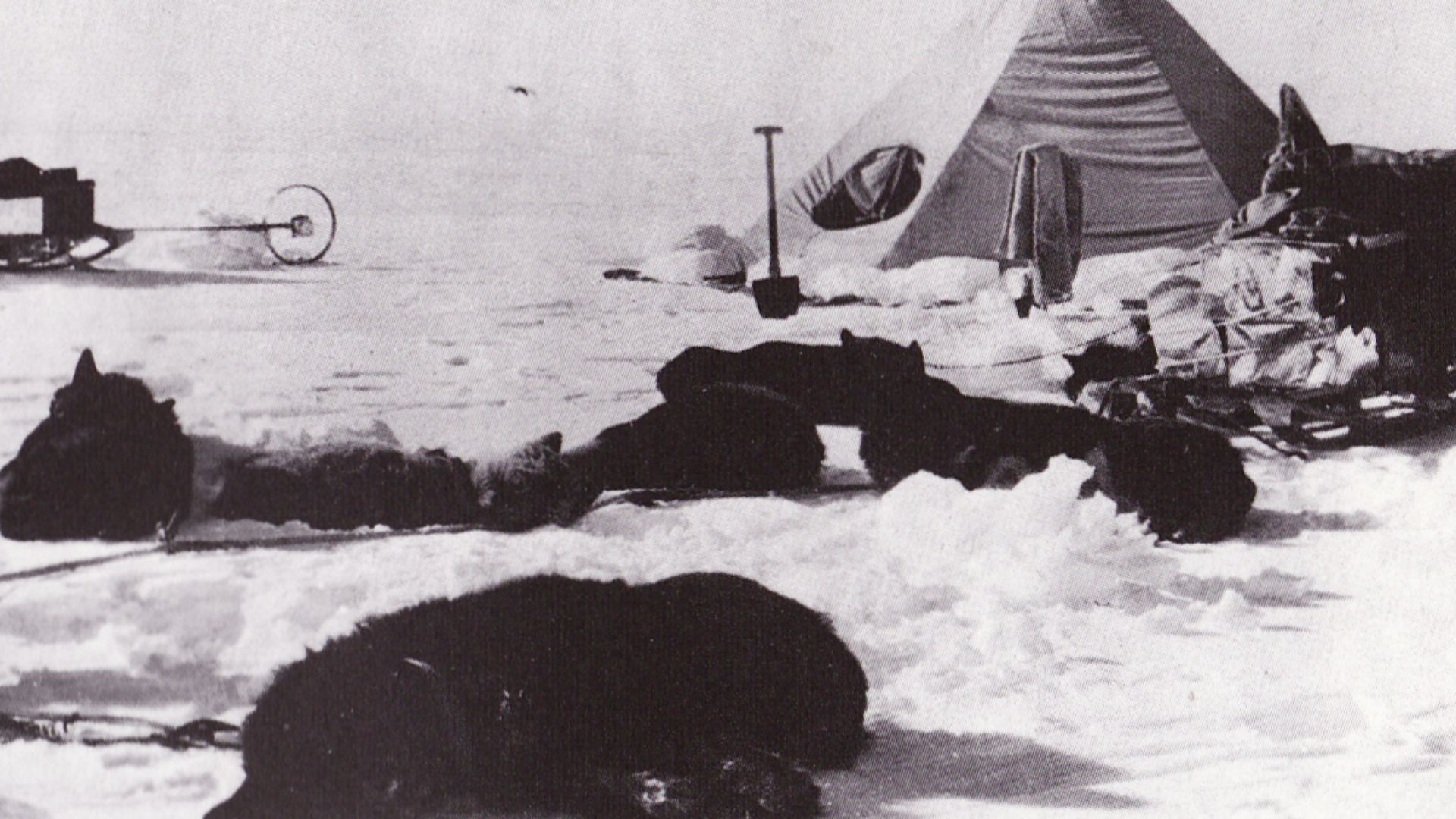 Herbert Ponting, Wikimedia Commons
Herbert Ponting, Wikimedia Commons
A Ship Lodged In Ice
On January 4, 1911, Terra Nova needed a good spot to get iced in during the winter, one that wouldn’t be frozen during the brief summer months. Scott chose Cape Evans (renamed for his second-in-command), which was around 15 miles away from the base Scott chose at Hut Point.
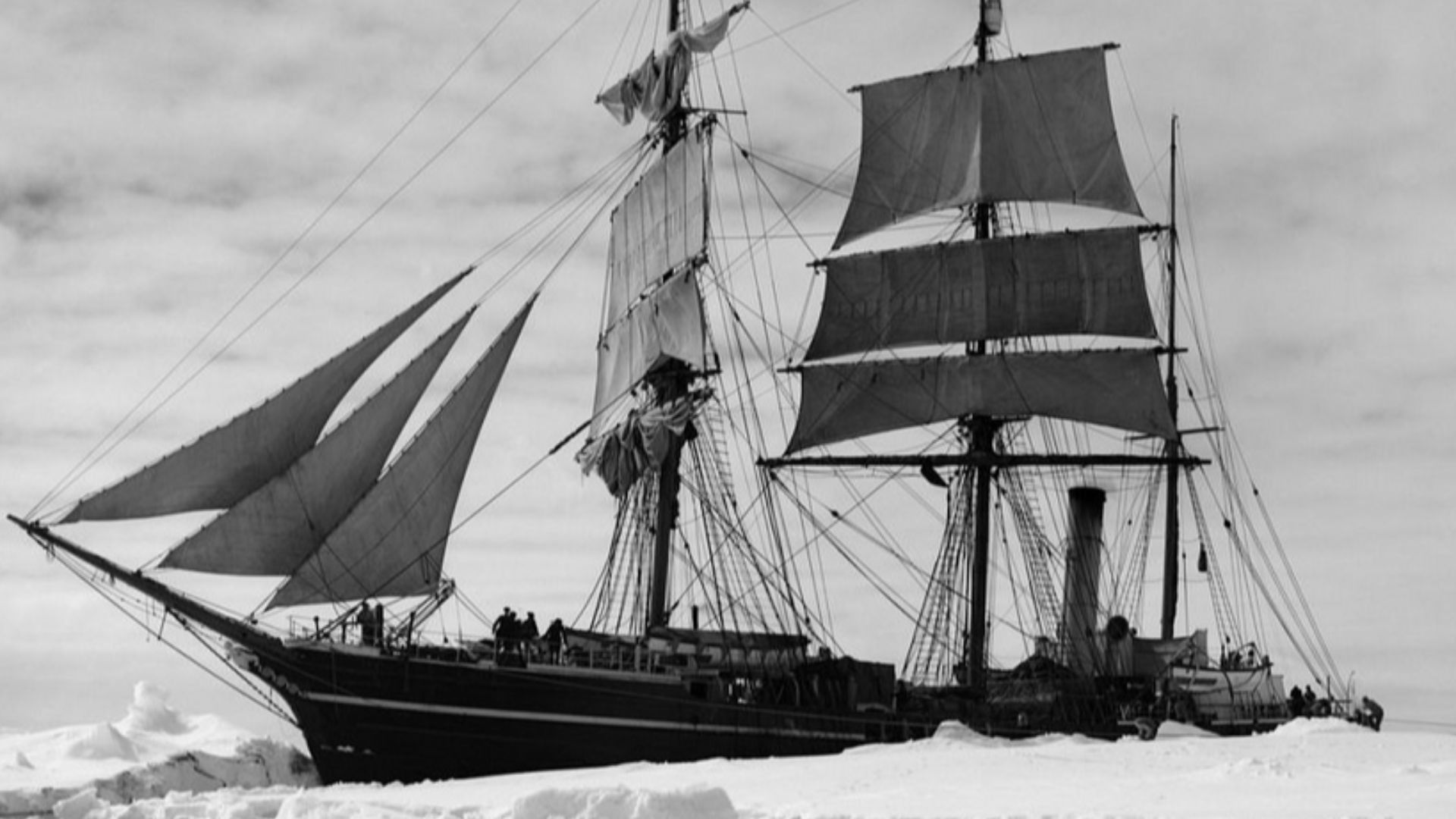 Herbert Ponting, Wikimedia Commons
Herbert Ponting, Wikimedia Commons
Setting Up A Base
As they unloaded the ship to haul their supplies to create accommodation on the cape, one of the three sledges fell into the water. They put the rest of their supplies in and around a pre-constructed shelter (50 x 25 ft). This would be their biggest defense against the Antarctic winter.
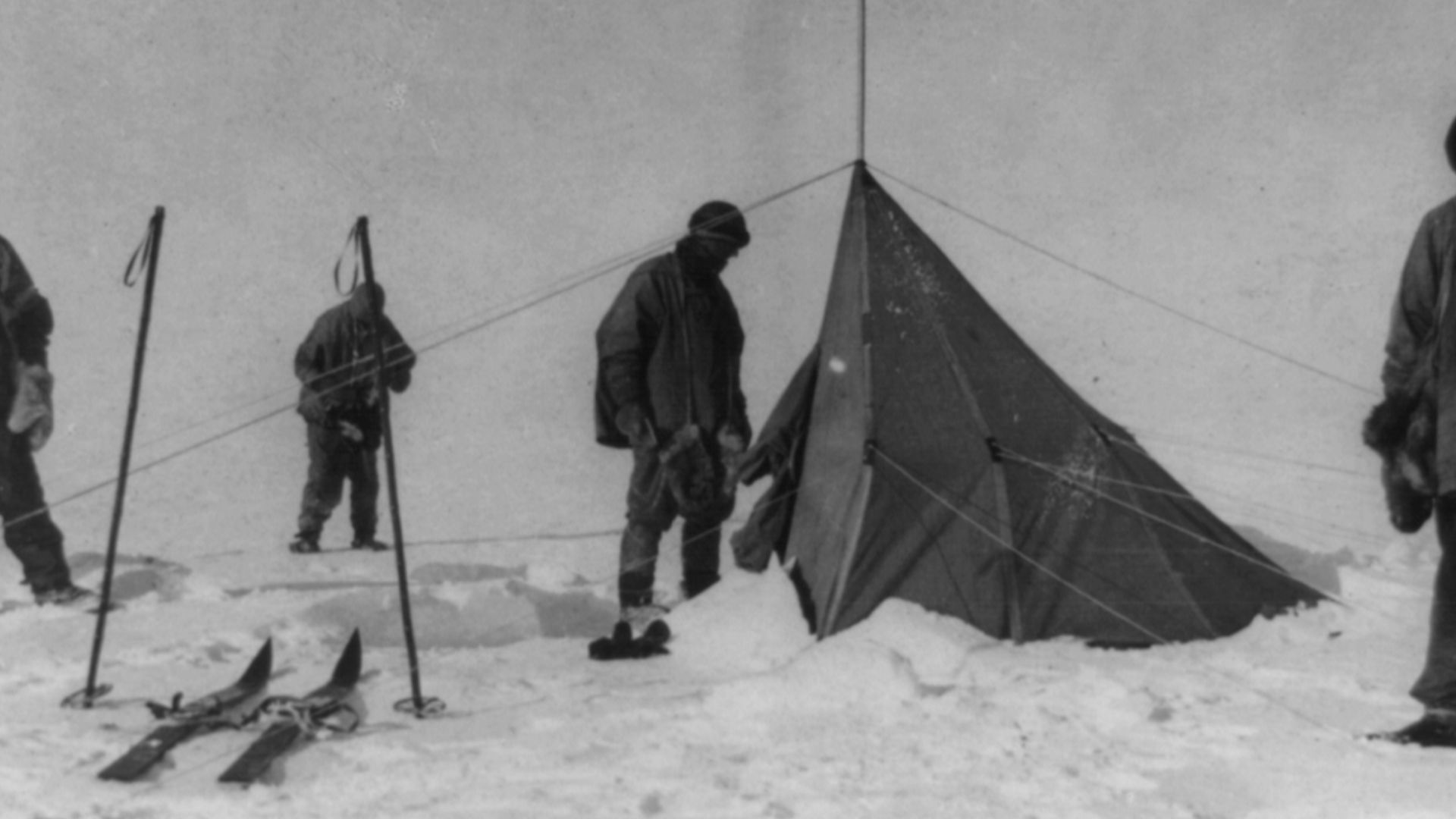 Henry Bowers (1883 - 1912), Wikimedia Commons
Henry Bowers (1883 - 1912), Wikimedia Commons
Getting The Scientific Explorations Underway
In addition to the living shelter, they were able to create scientific observation areas, like an ice cave to monitor “magnetic observations”, and a meteorological station. They were ready and prepared for everything they set out to accomplish. Or so they thought.
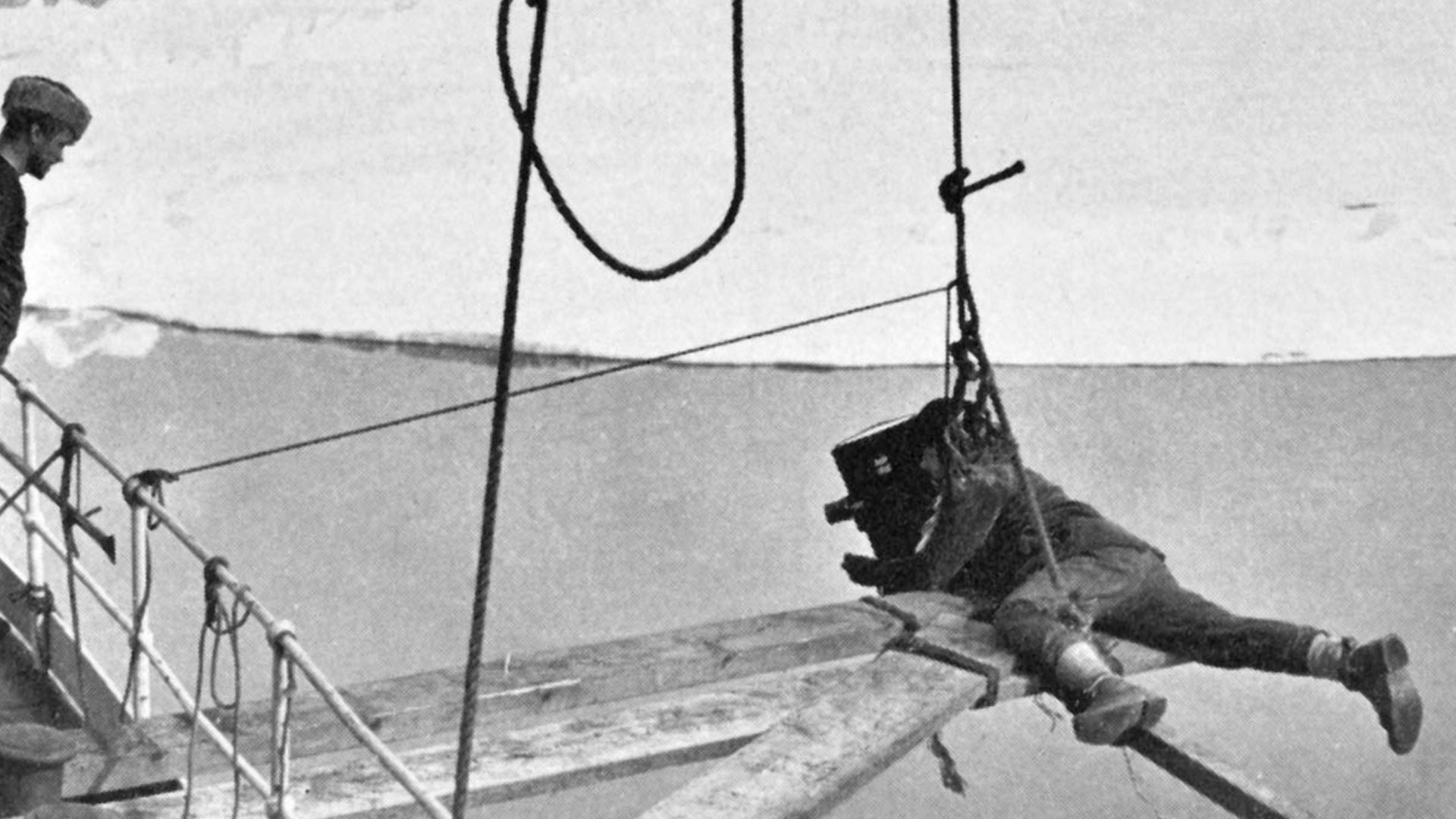 Herbert Ponting, Wikimedia Commons
Herbert Ponting, Wikimedia Commons
Keeping Themselves Entertained Throughout Winter
Over winter, the men in the hut were able to carve out a liveable situation for themselves. Day-to-day goings-on were remarkably ordinary, including the scientific investigations. They were warm, fed, and even entertained by a pianola and gramophone! This state of comfort wouldn’t last.
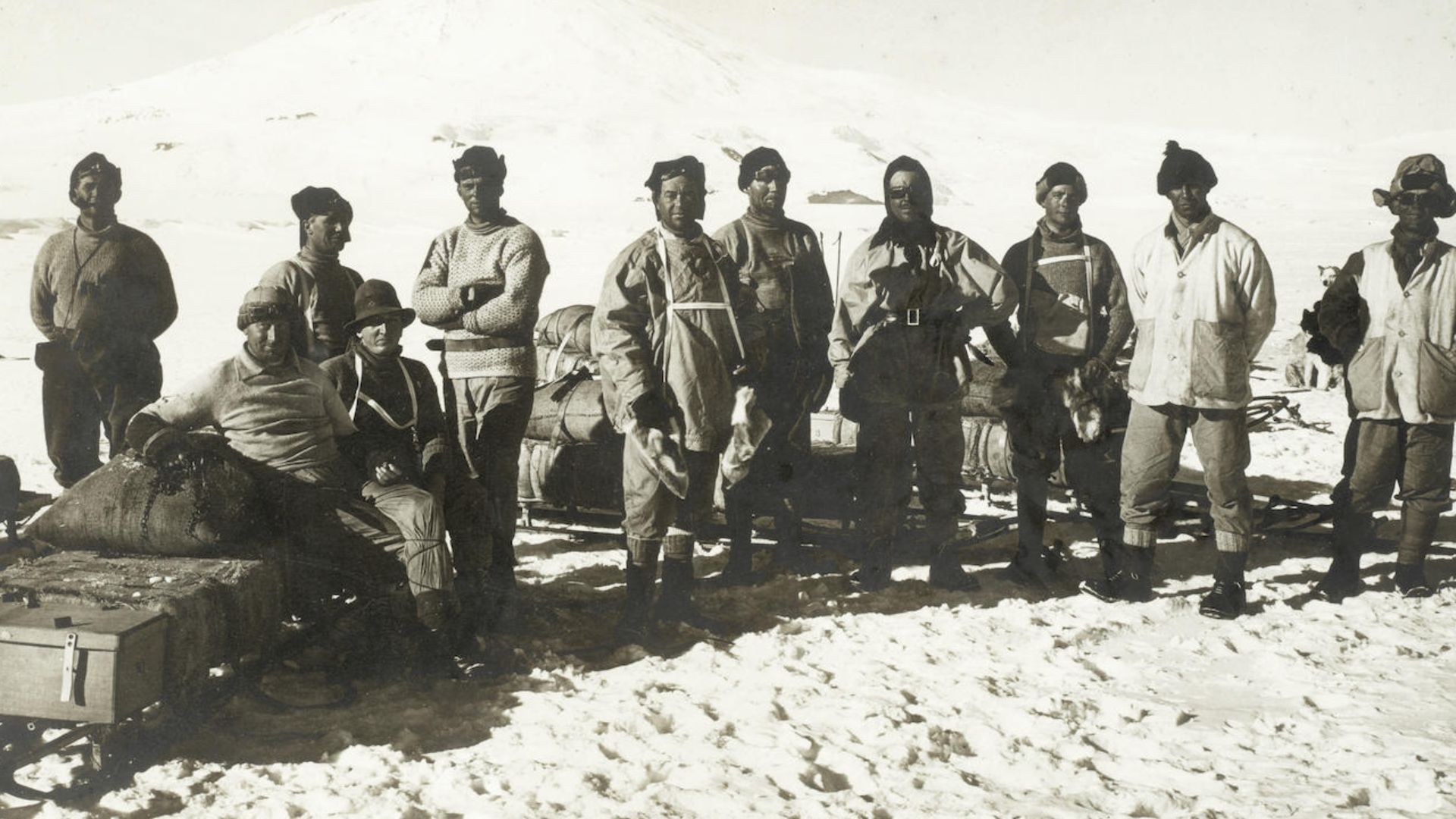 Herbert Ponting, Wikimedia Commons
Herbert Ponting, Wikimedia Commons
Short But Memorable Jaunts Out Into The Tundra
The cold months saw several different and shorter expeditions. One of particular interest was the journey to acquire emperor penguin eggs on Cape Crozier. Led by Edward Wilson, this smaller-scale expedition would change all who went on it forever.
 Herbert Ponting, Wikimedia Commons
Herbert Ponting, Wikimedia Commons
The Weather Became Their Biggest Enemy
Henry Bowers and Apsley Cherry-Garrard accompanied Wilson on this treacherous quest. The journey spanned 60 miles and temperatures dipped as low as -70F (-57C). At one point, the wind blew their tent away, leaving them exposed to snowfall in their sleeping bags.
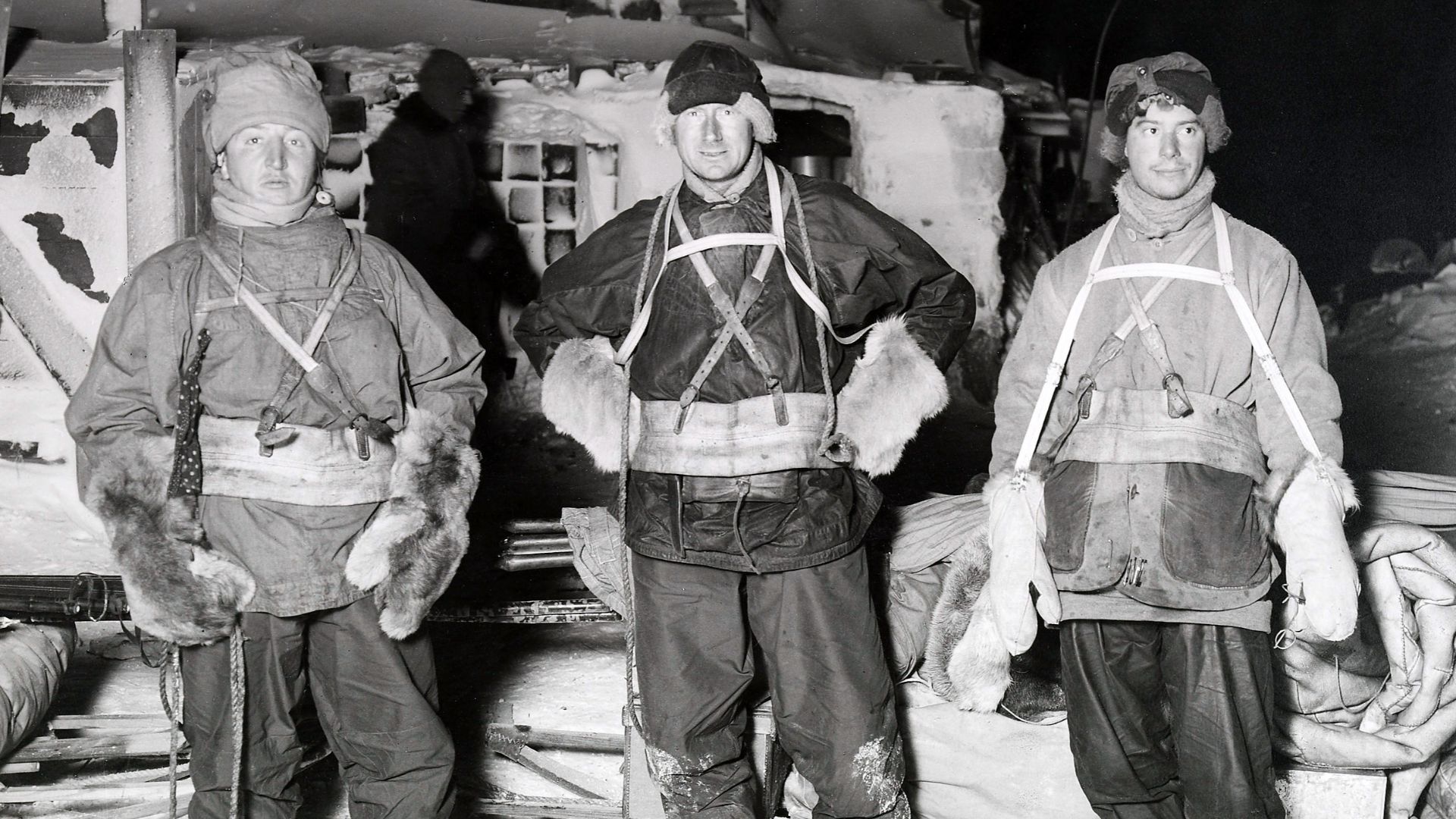 Herbert Ponting, Wikimedia Commons
Herbert Ponting, Wikimedia Commons
A Long And Arduous Trek
Five weeks after they left, Wilson and his party returned. Their victory of acquiring three emperor penguin eggs dampened their enthusiasm. The cold, wind, and snow had left their exposed skin damaged, and they were freezing cold. Cherry-Garrard wrote of this journey in his memoir titled The Worst Journey In The World. But the worst was yet to come.
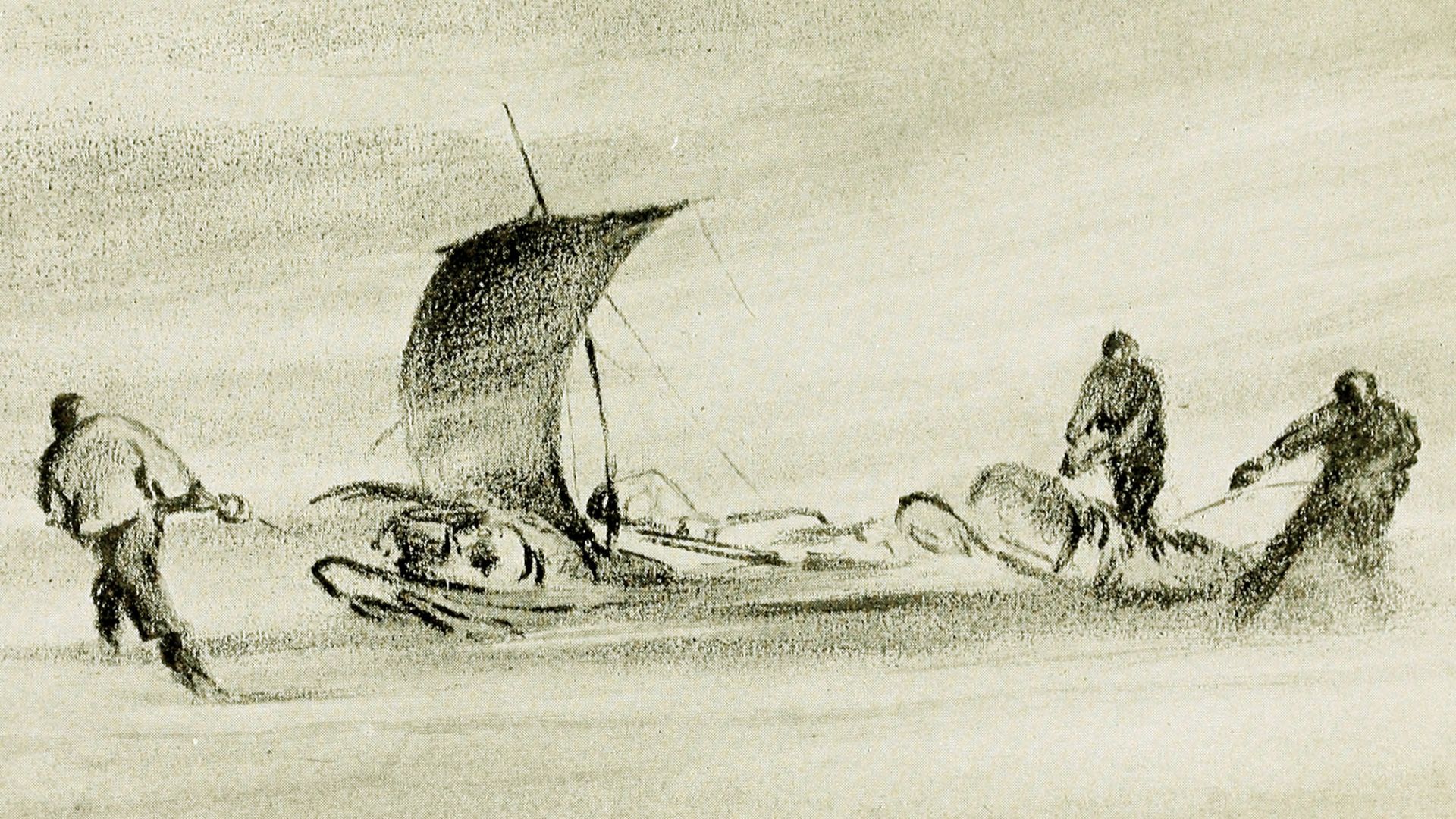 Apsley Cherry-Garrard, Wikimedia Commons
Apsley Cherry-Garrard, Wikimedia Commons
The Beginning Of The End
By the time spring rolled around, the men were ready to start the bulk of their exploring. It began with the sledges, and the ponies and dogs who had to haul the machines. They needed to establish supply points to support the next major journey Scott planned for his team.
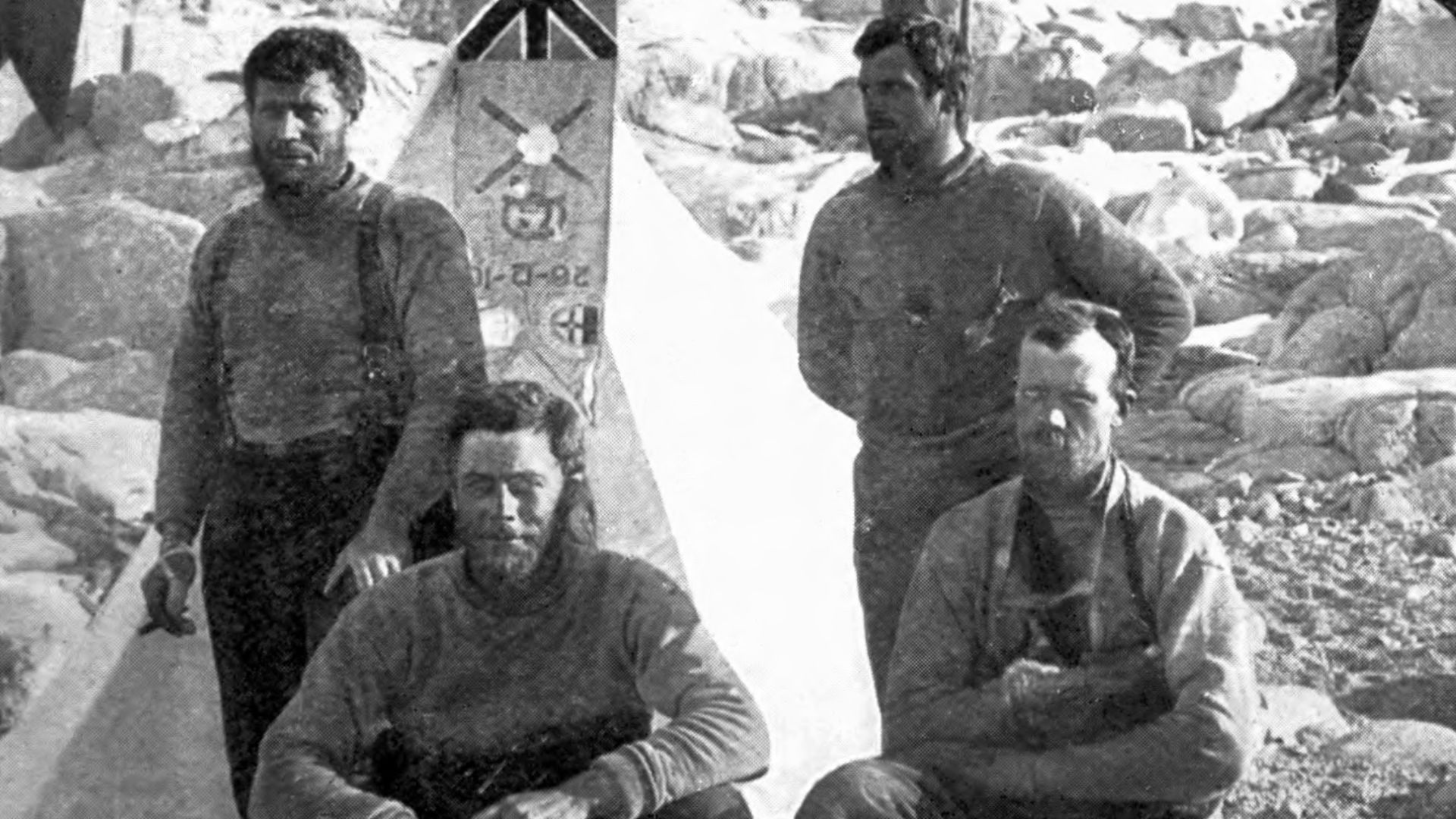 Frank Debenham, Wikimedia Commons
Frank Debenham, Wikimedia Commons
A Trip To The Pole
on November 1, 1911, to seek the Pole. They brought dogs and ponies to help carry supplies, and some additional personnel who would return the animals to the Cape Evans base as the group arrived at the Beardmore Glacier. Their plans would abruptly change.
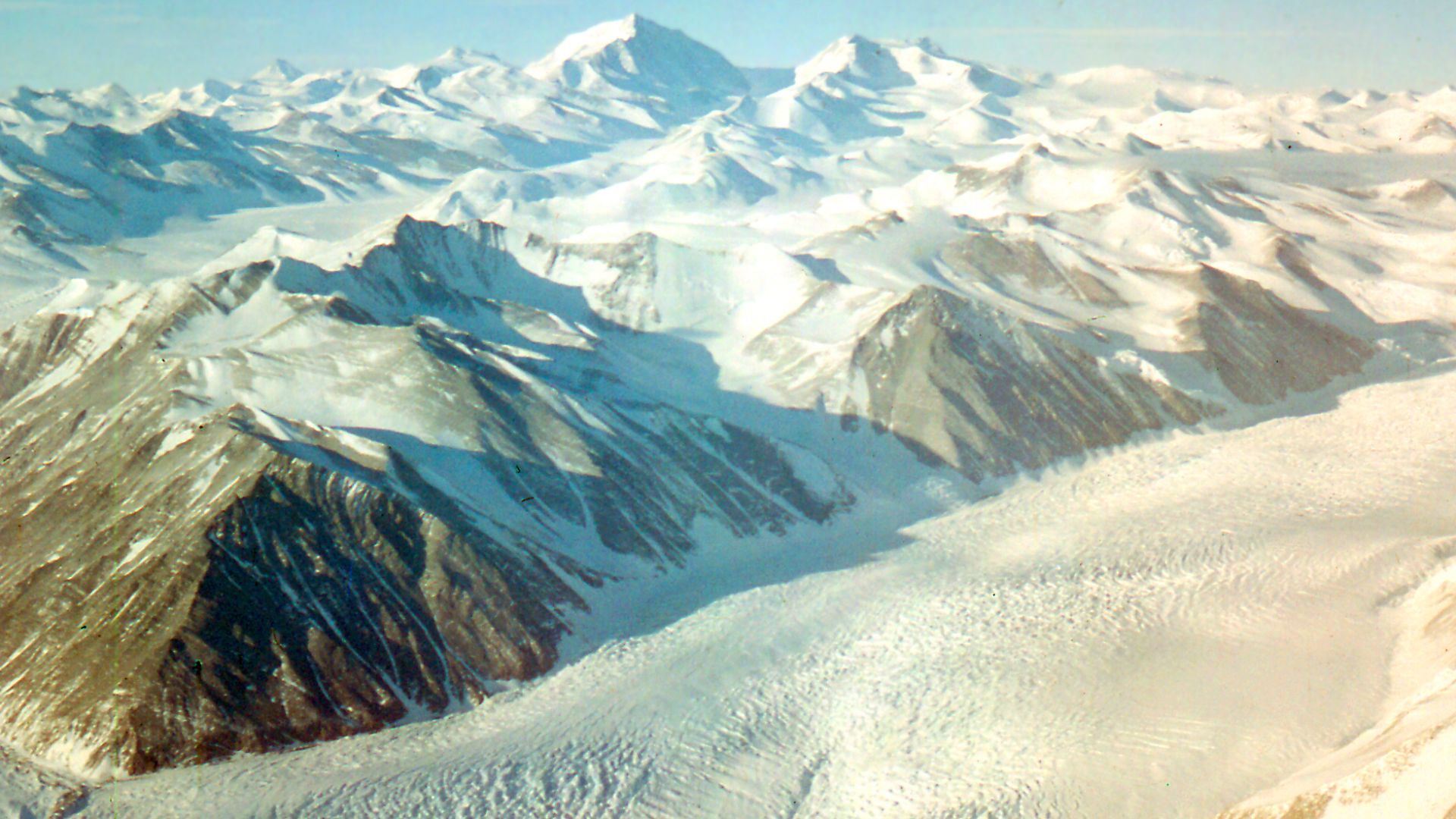 Commander Jim Waldron USNR (Retired), National Science Foundation, Wikimedia Commons
Commander Jim Waldron USNR (Retired), National Science Foundation, Wikimedia Commons
Their Constant Climate Companion Was Blizzards
The quest took a turn for the worse. It was long and hard, with an unexpected snowstorm that halted their progress. In fact, this delay might have changed everything for the worse.
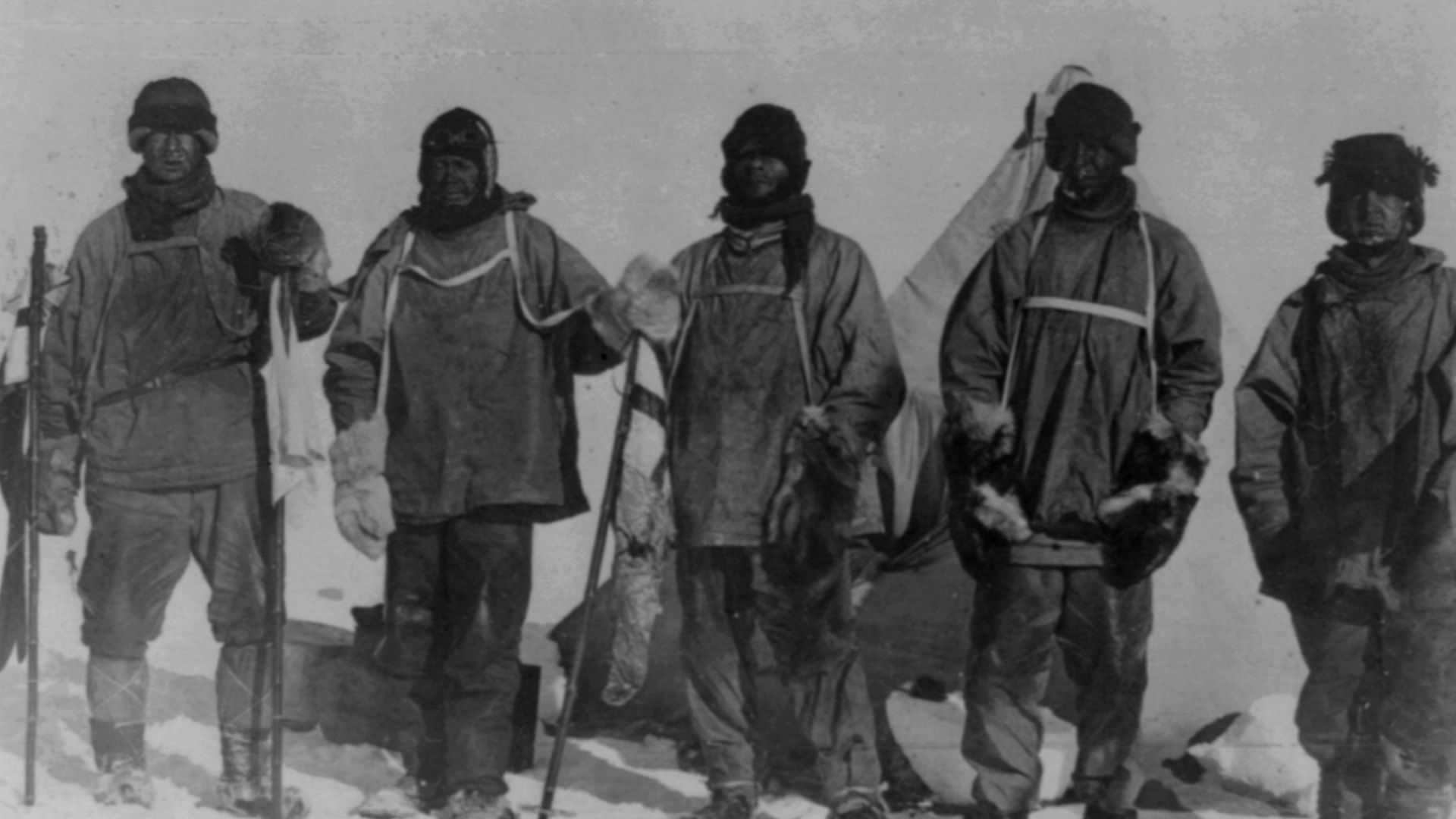 One of the members of the Terra Nova expedition, Wikimedia Commons
One of the members of the Terra Nova expedition, Wikimedia Commons
Wasting Important Time And Resources
The surprise storm trapped them in their tents for five days. They even had to break into rations meant for later in the journey. When they were finally freed from the blizzard, they turned the ponies who lived into meat supplies for the return trip and Scott and his companions forged onto the glacier.
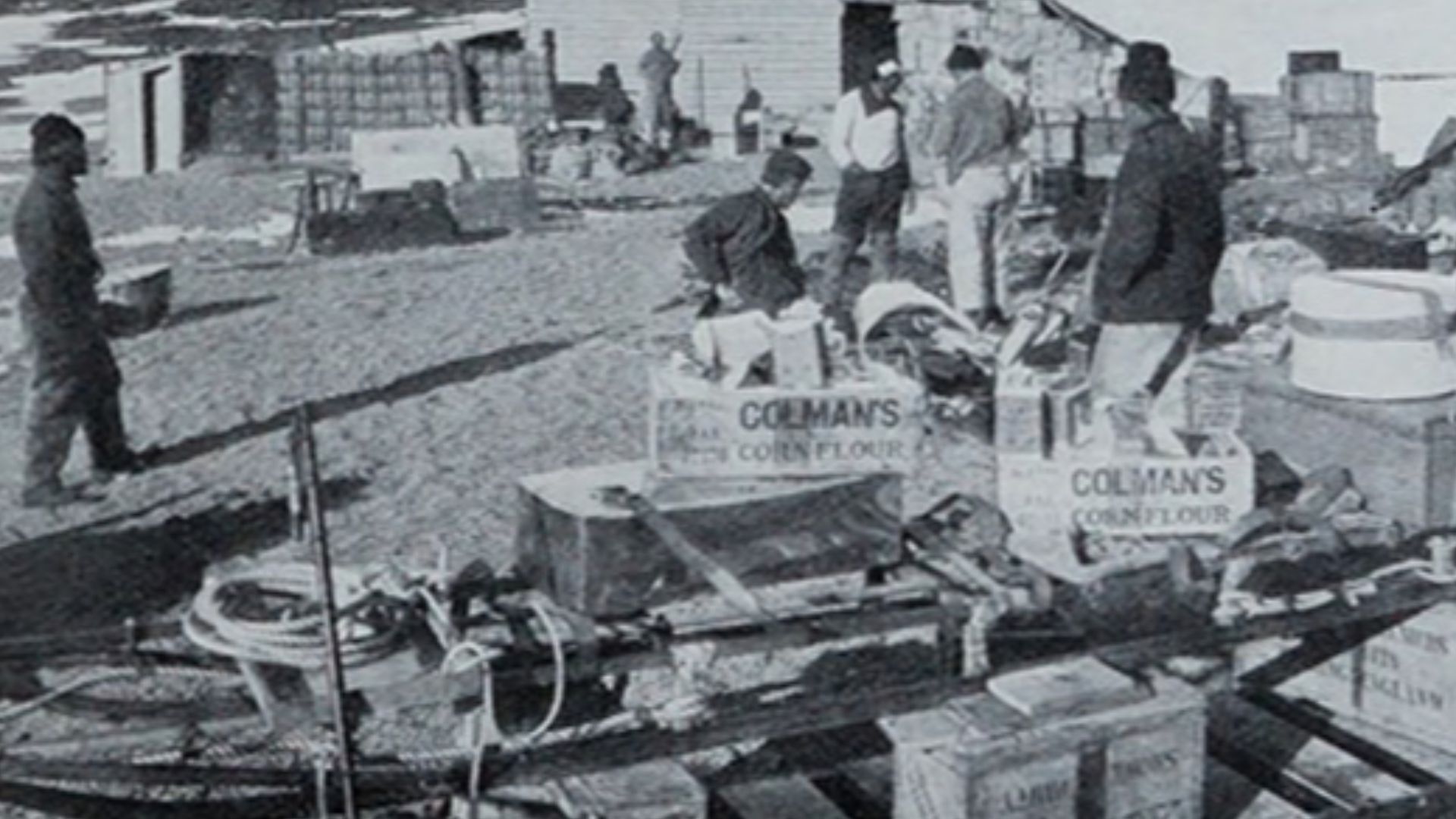 Herbert Ponting, Wikimedia Commons
Herbert Ponting, Wikimedia Commons
They Made Good Headway—Temporarily
They reached the plateau of the glacier on December 20, 1911. It was soon after this that Scott sent the last extenuating party members home, leaving Scott and his four companions to continue the hike. Indeed, they continued onward to arrive at the Pole at the start of the new year.
 Print Collector, Getty ImagesConserving What They Could
Print Collector, Getty ImagesConserving What They Could
Sending the supply animals and extra manpower back to base seems like a strange choice. But Scott had his reasons. Upon reconsidering the journey’s progress and future, Scott believed downsizing the party meant they could more easily disperse rations and carry weights. Though this decision might have secured their fates.
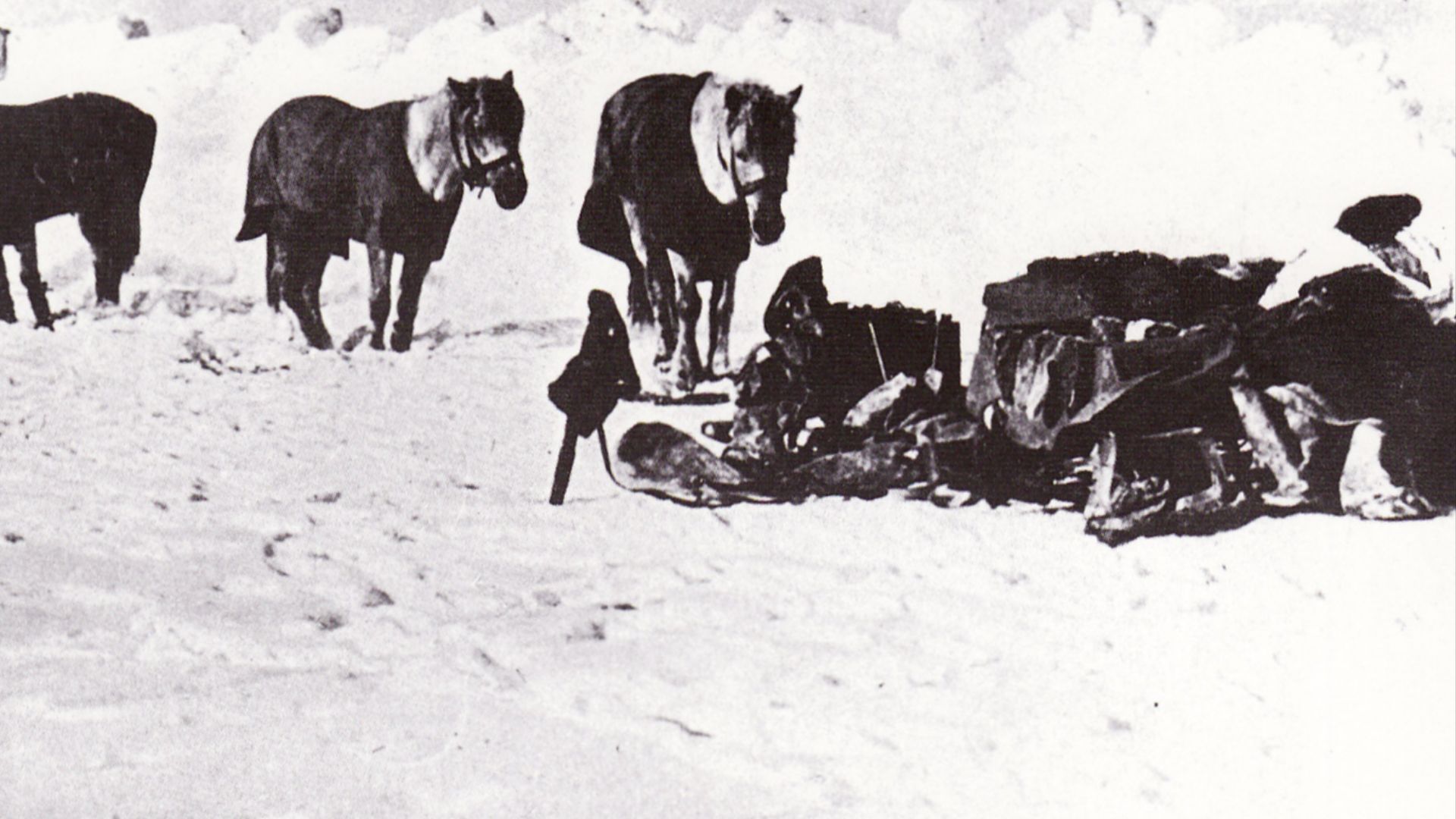 Robert Falcon Scott, Wikimedia Commons
Robert Falcon Scott, Wikimedia Commons
They Found The Pole
They reached the Pole on January 17, 1912, only to find that the Norwegian team had already been there 34 days earlier. This was quite the blow. They couldn’t focus on that at the time, as they still needed to journey all the way back to their main base.
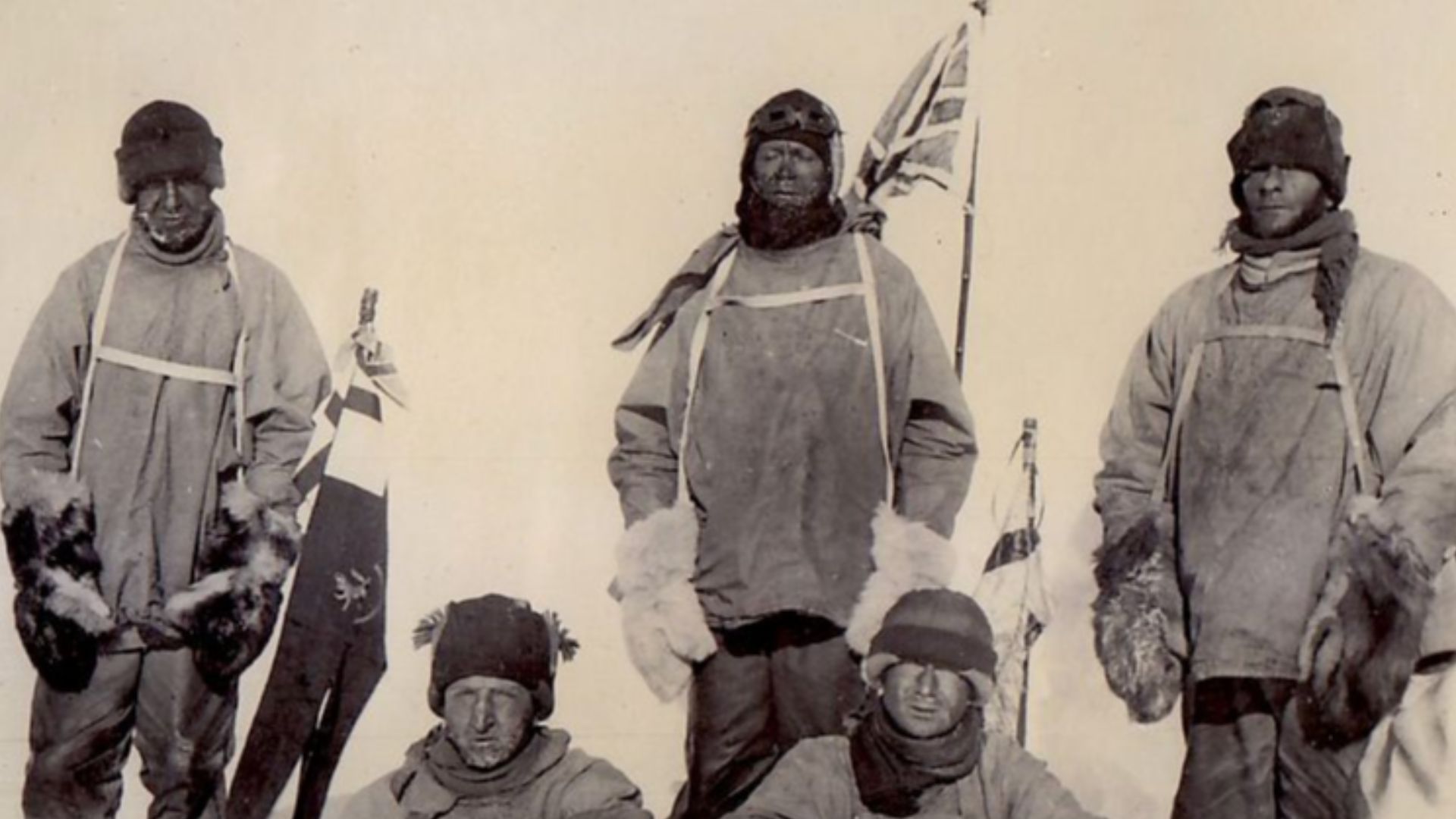 Henry Robertson Bowers (1883–1912), Wikimedia Commons
Henry Robertson Bowers (1883–1912), Wikimedia Commons
Their Competition Got The Better Of Them
On the way back, they came across an abandoned Norwegian campsite with some supplies, a letter, and a note to Scott. In one of their most desperate moments, it seemed like the Norwegians were taunting them.
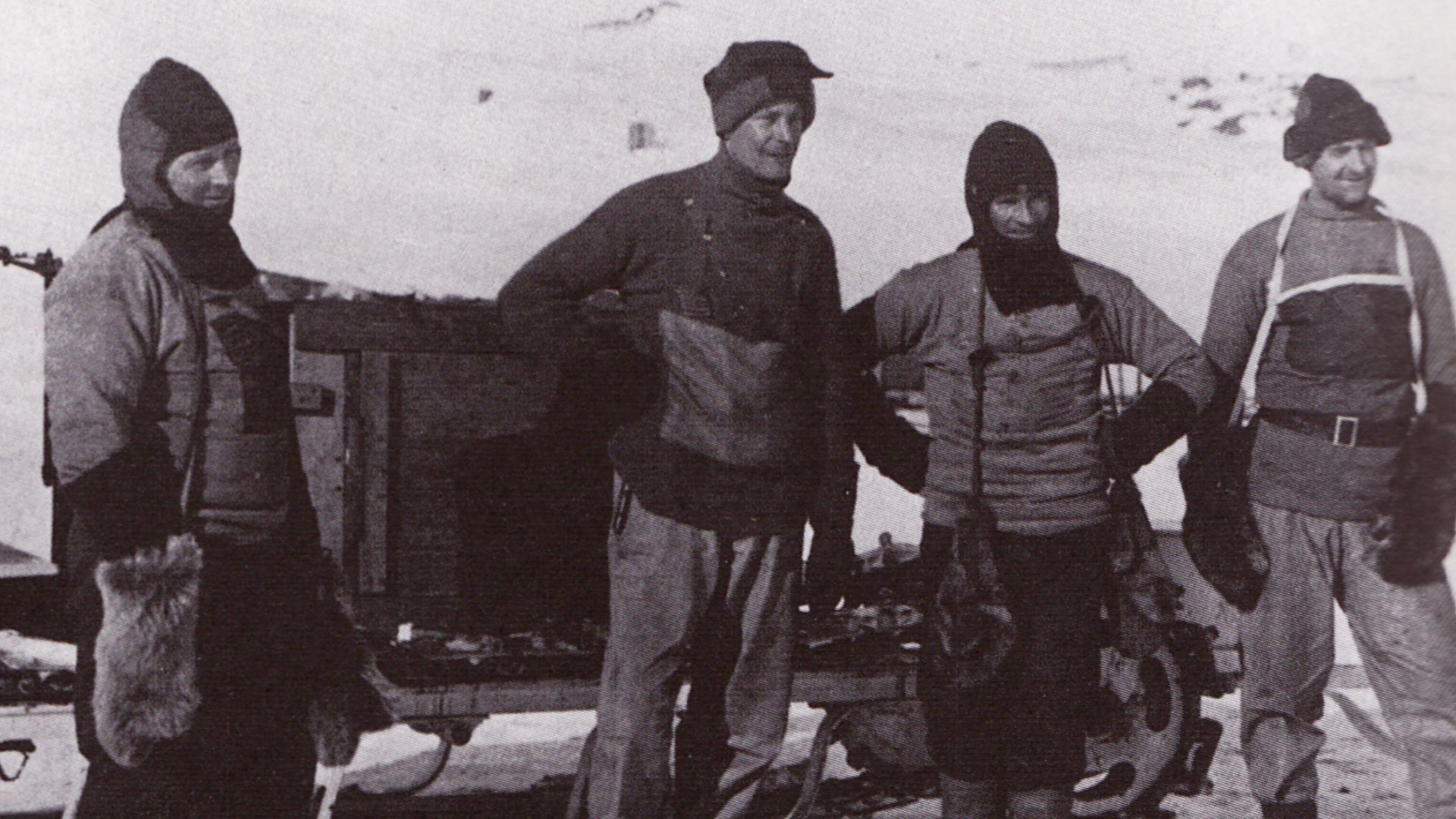 Herbert Ponting, Wikimedia Commons
Herbert Ponting, Wikimedia Commons
They Persevered On Their Journey
Regardless of the Norwegian’s victory, Scott and his party needed to get home. They hiked the glacier for three weeks, with Evans and Oates in decreasing states of health. Evans was enduring horrible frostbite, and Oates faced a similar ailment in his feet. On February 7, 1912, they faced more adversity.
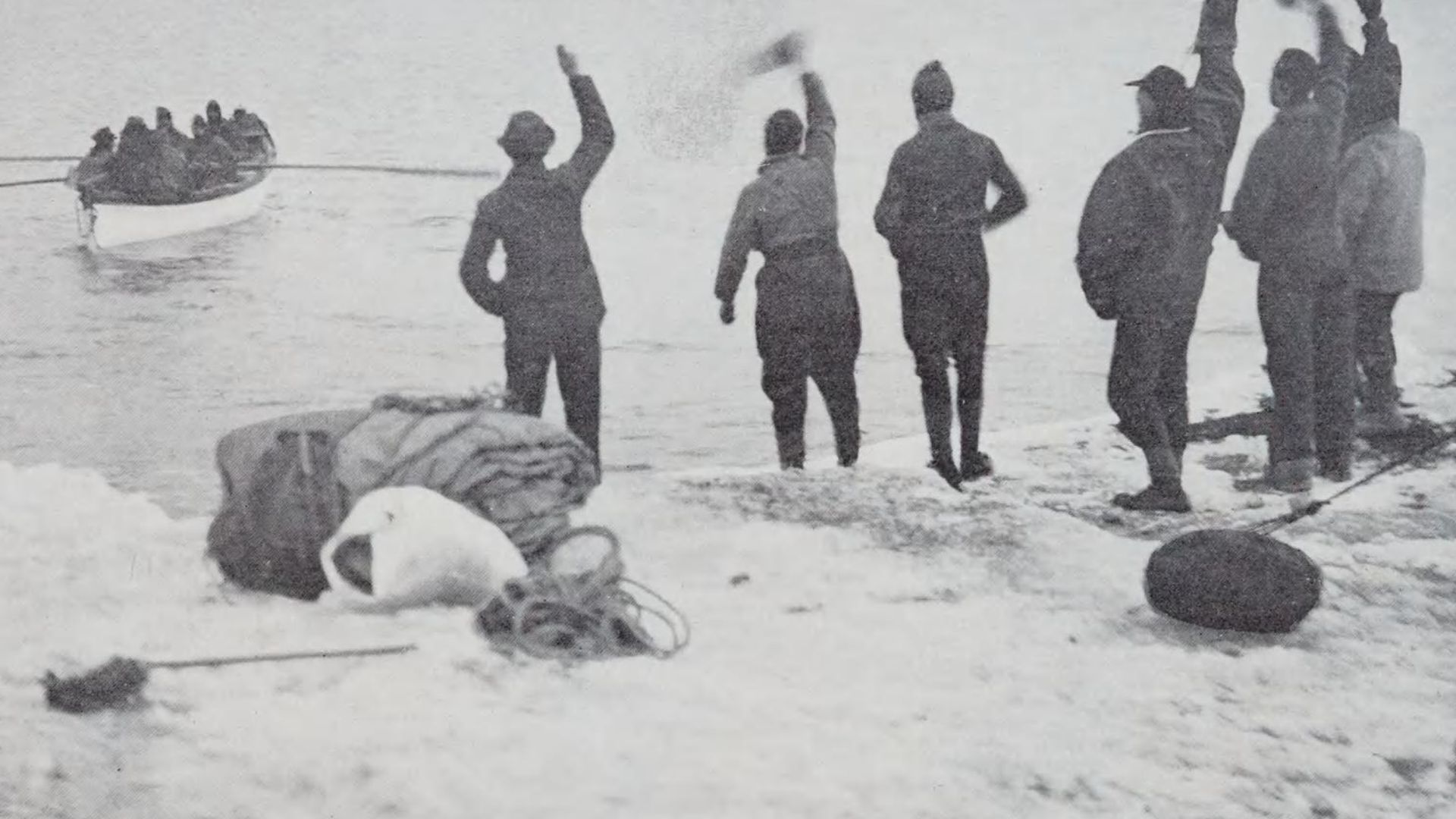 Huxley, Leonard; Scott, Robert Falcon, Wikimedia Commons
Huxley, Leonard; Scott, Robert Falcon, Wikimedia Commons
Supplies Were Running Low
They couldn’t find a supply cache. As they searched, Scott called the group to pause for the day and permitted Wilson to “geologise”. Wilson discovered samples containing fossils, which would eventually become vital in supporting the continental drift theory. But this brief solace was short-lived.
A Party Member Endured Some Troubling Injuries
Evans grappled with worsening health conditions. He had a hand injury that wouldn’t heal, his frostbite had reached an all-time high, and it was believed that he’d hit his head a couple of times on ice. Scott wrote that he was “absolutely changed from his normal self-reliant self”.
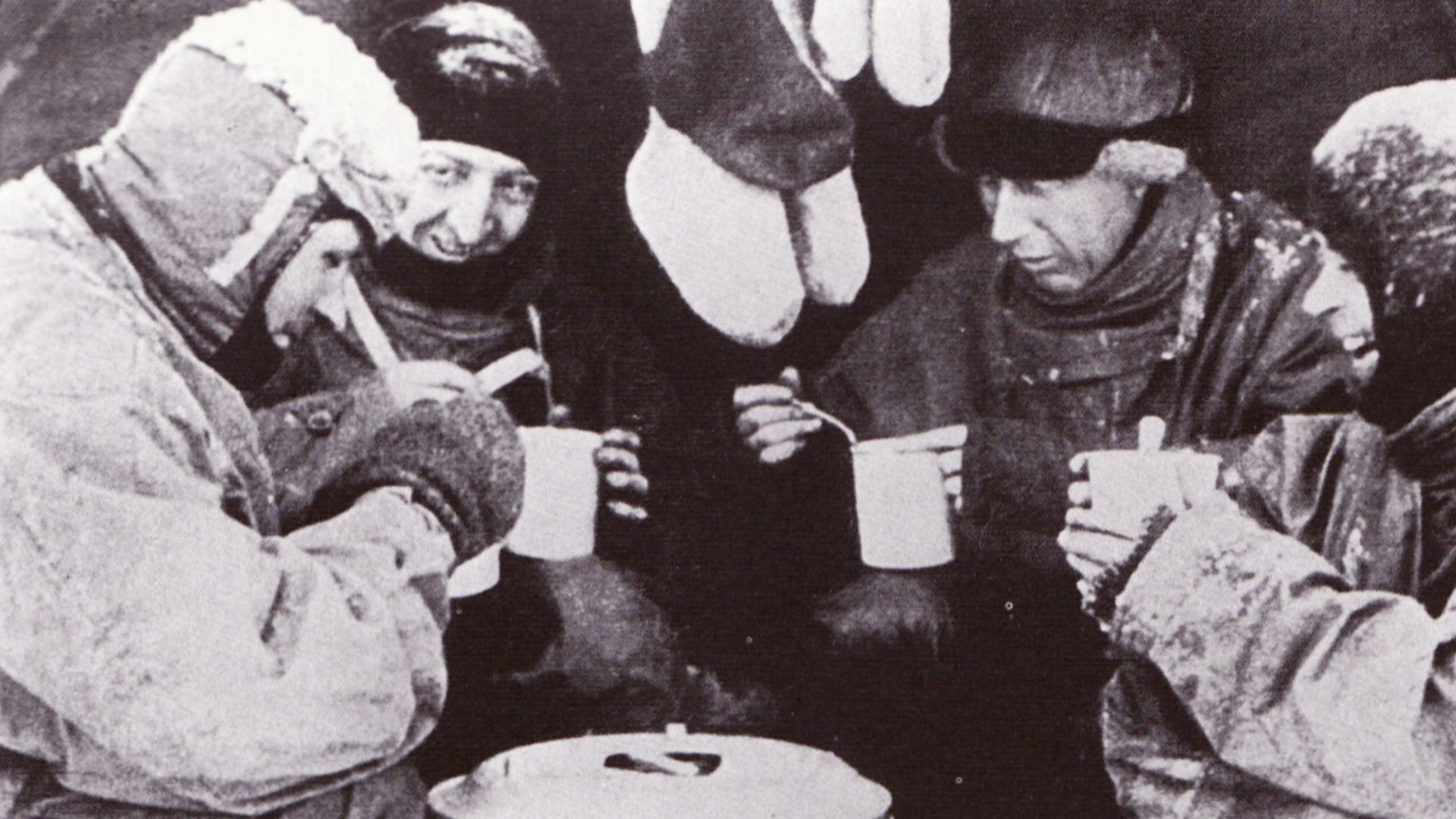 Herbert Ponting, Wikimedia Commons
Herbert Ponting, Wikimedia Commons
The Passing Of A Friend, Taken By The Severe Conditions
By the time they reached the bottom of the glacier, things took a turn for the worse for Evans. His health failed completely and he fell unconscious. A little more than a month after they reached the Pole, Evans' body gave out and he expired on February 17, 1912. Sadly, this wouldn’t be the last fatality of this journey.
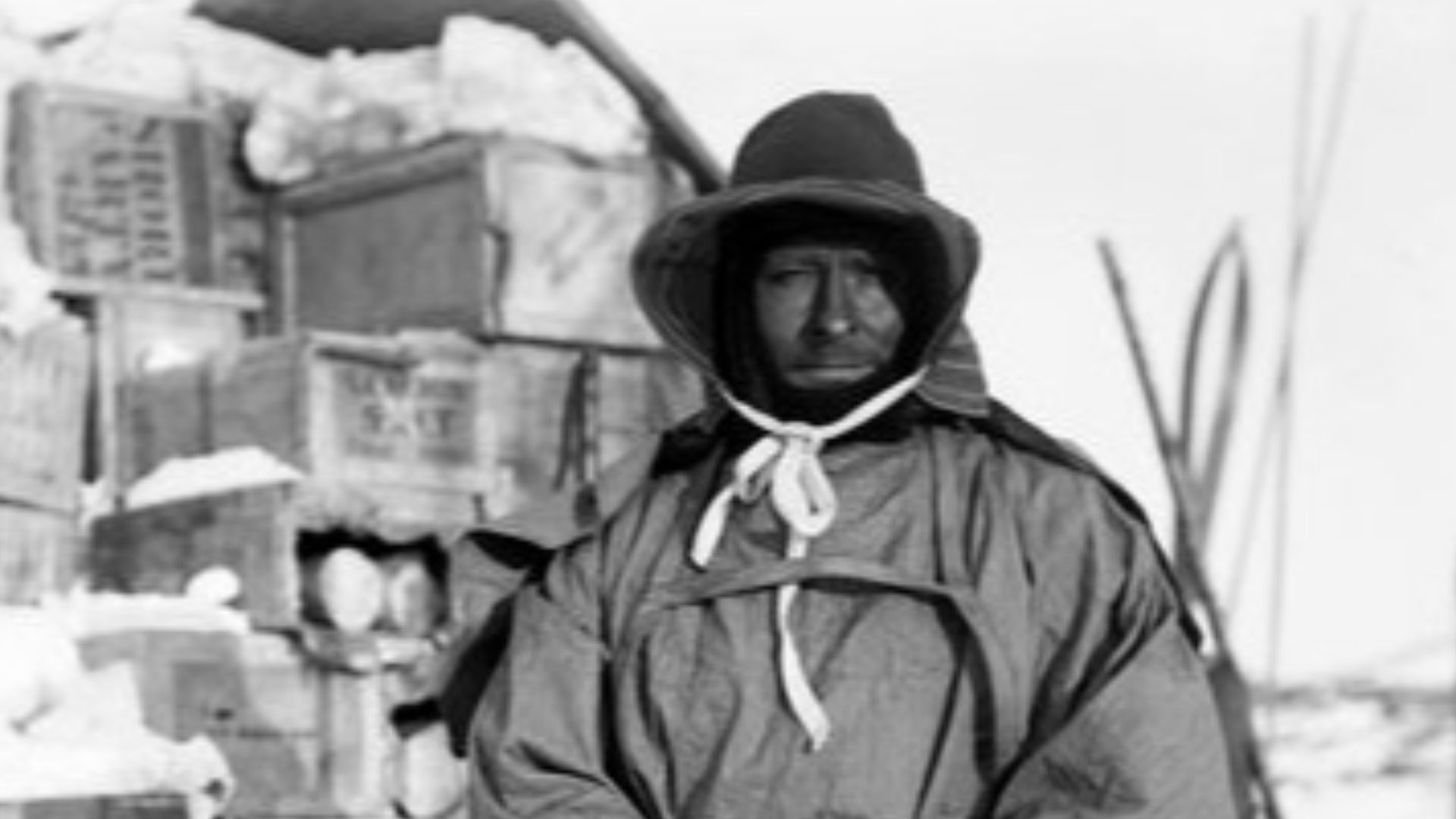 Herbert Ponting, Wikimedia Commons
Herbert Ponting, Wikimedia Commons
They Couldn’t Stop To Mourn
After losing their companion, Scott and the others forged on. They managed to keep up their pace enough to be three days earlier than the original schedule, but Scott didn’t let his guard down. They could easily—and would—encounter another disaster.
 Universal History Archive, Getty Images
Universal History Archive, Getty Images
It Felt Like They Were Walking In Circles
The remaining men were slowed down by Oates’ foot, which was growing worse by the day. They were supposed to meet with another team member who was supposed to bring a dog team with him, but Scott wondered if they’d missed the meeting point. It was that same day that Oates made a noble decision.
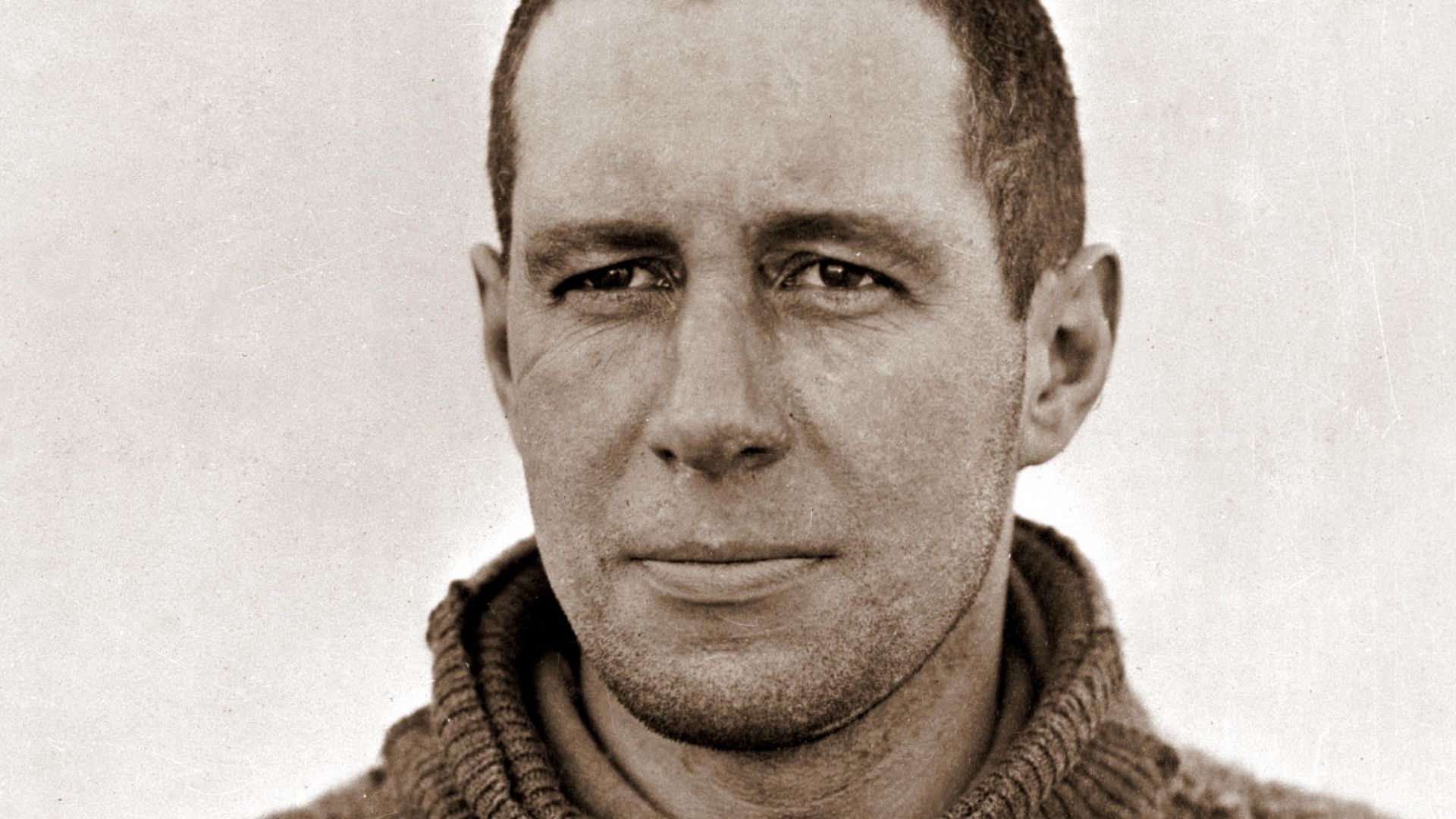 Herbert Ponting, Wikimedia Commons
Herbert Ponting, Wikimedia Commons
A Virtuous Decision In An Attempt To Save His Friends
That night, while he and his companions were crowded into their tent, Oates’ mind was made up. He was slowing them down with his injury and jeopardizing the excursion. He said, “I am just going outside and may be some time”. Oates walked into the -40F (-40C) blizzard and never returned.
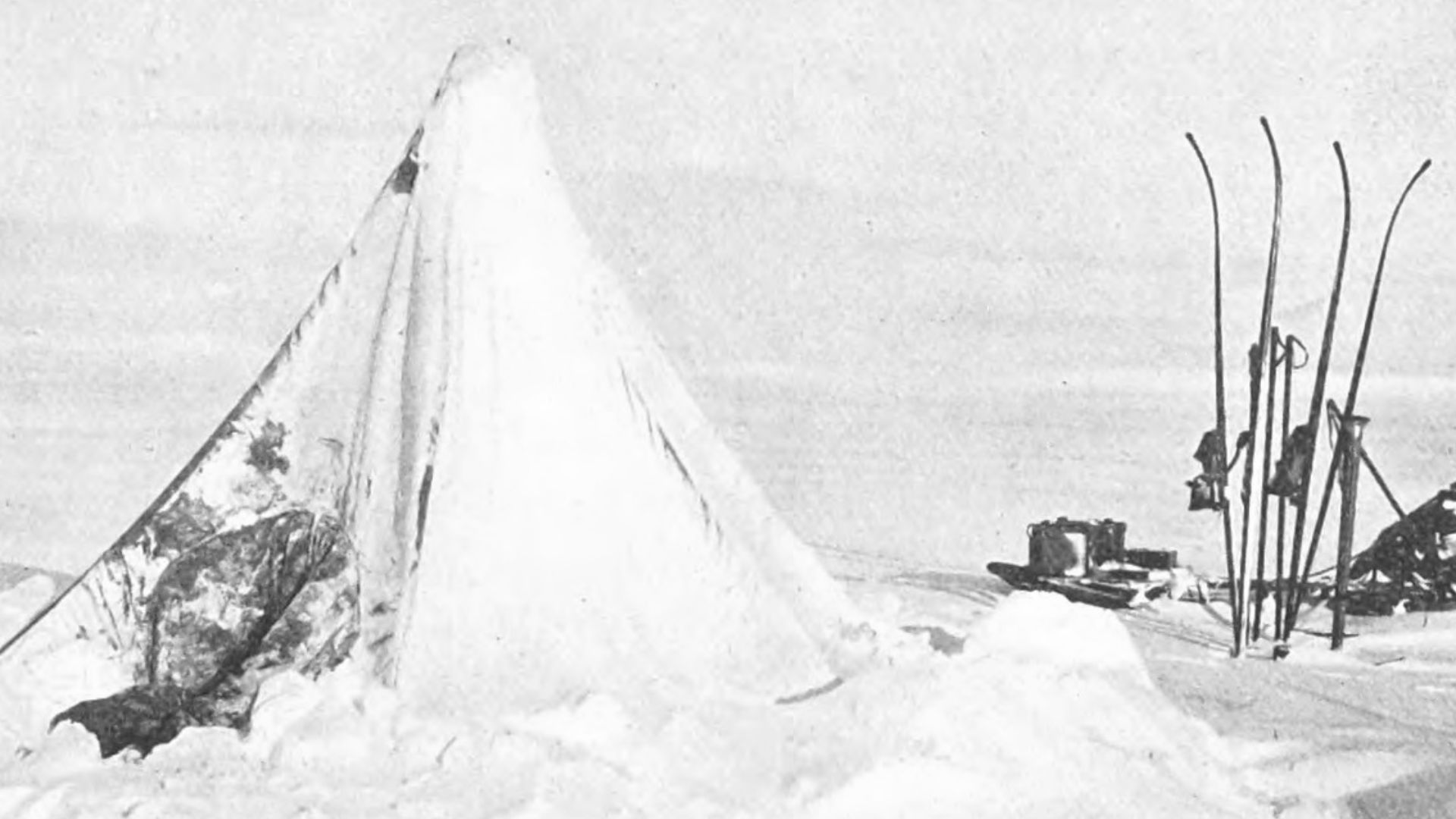 Tryggve Gran, Wikimedia Commons
Tryggve Gran, Wikimedia Commons
Another Man Down, But Many More Miles To Traverse
Scott, Wilson, and Bowers couldn’t stop to look for their lost friend. They continued on toward One Ton Depot, where they would have been able to resupply before making the last jaunt home. But no dog teams came to help, and they couldn’t find the depot. Then, things took a turn for the worse.
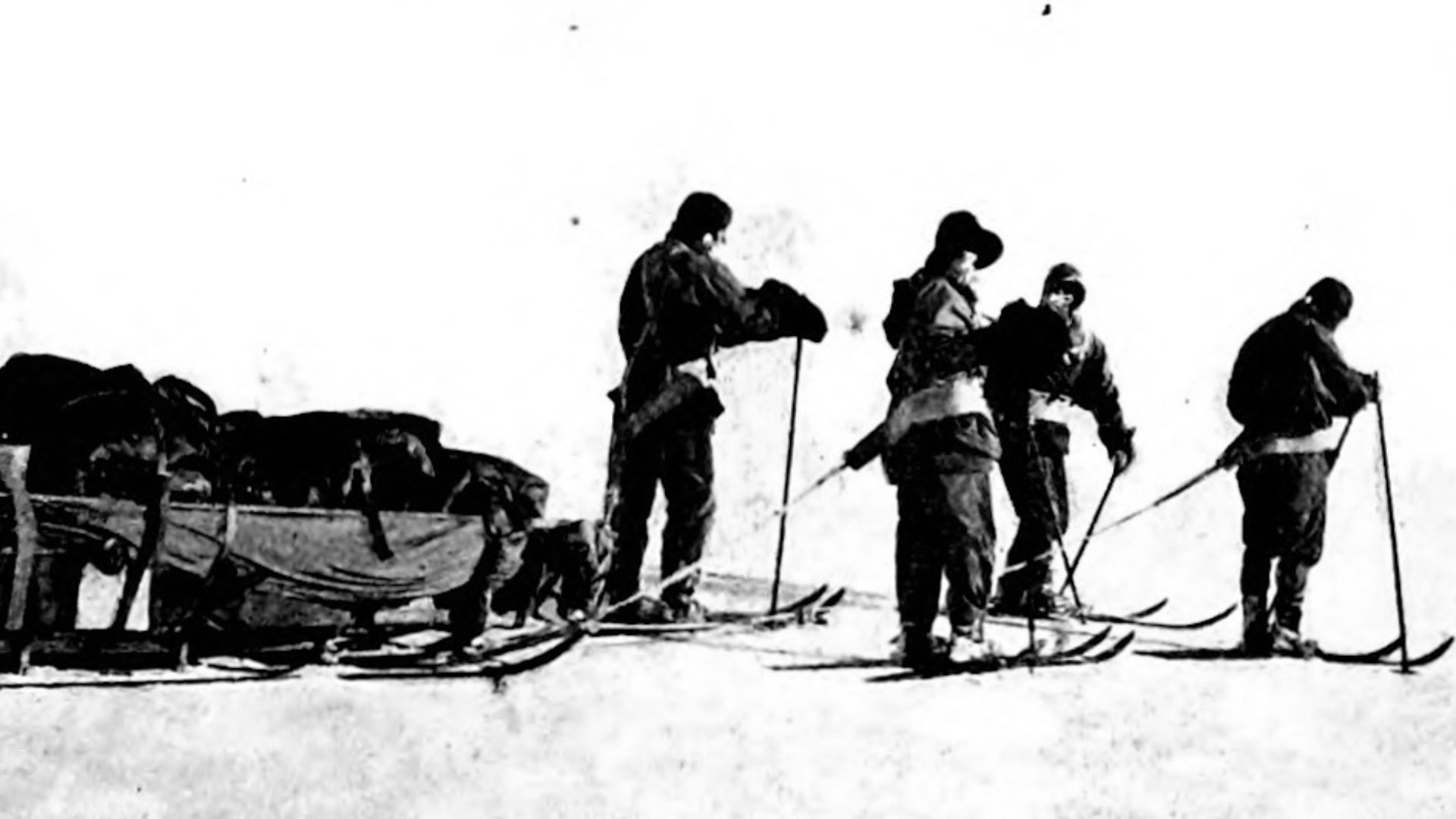 Le Tour du monde, Wikimedia Commons
Le Tour du monde, Wikimedia Commons
They Knew They Were Getting Close
Oates’ sacrifice made a difference in their speed, but they couldn’t outpace another blizzard. Scott, Wilson, and Bowers were about 11 miles south of One Ton Depot when the storm arrived. They tried to keep going, but the storm made it impossible.
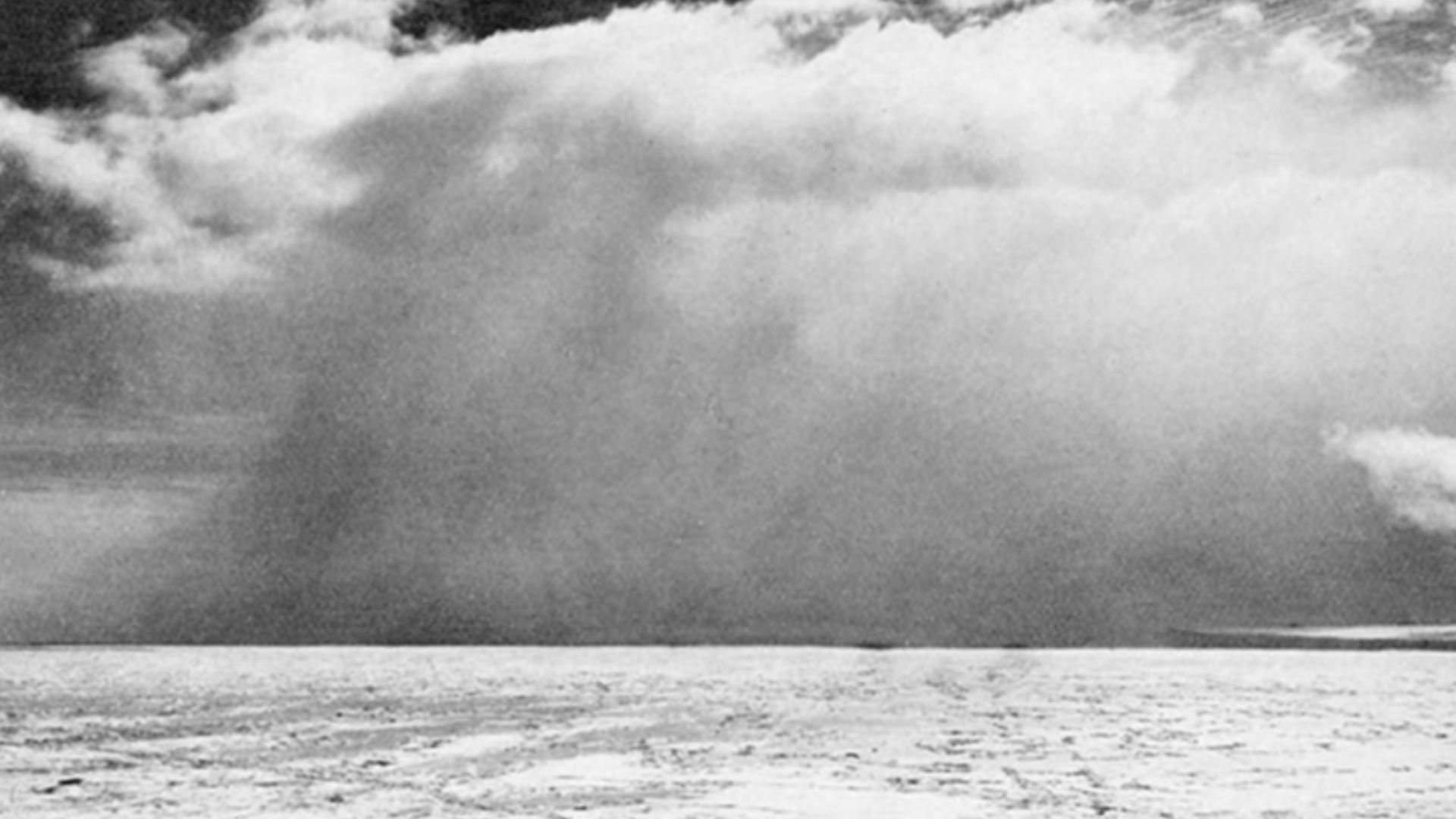 Herbert Ponting, Wikimedia Commons
Herbert Ponting, Wikimedia Commons
Locked Down By Even More Terrible Weather
Scott wrote in his diary, “Every day we have been ready to start for our depot, 11 miles away, but outside the door of the tent remains a scene of whirling drift”. Supplies were running low and they were beginning to think they wouldn’t make it back. Their desperation was high, and their situation was dire.
 DLR German Aerospace Center, Wikimedia Commons
DLR German Aerospace Center, Wikimedia Commons
A Slow End
The three men froze, their bodies unable to withstand the harsh conditions any longer. The rest of the expedition team at Cape Evans waited long enough to know for sure that their leader and fellow explorers wouldn’t return to base. But they still weren’t done with the expedition.
 Universal History Archive, Getty Images
Universal History Archive, Getty Images
There Was An Attempt At Rescue
As Scott’s team fought for their lives, leadership at Cape Evans transferred to Edward L Atkinson. He ordered Cherry-Garrard, who had since returned to base, to seek out the fallen party. With one companion and two dog teams, he set out into the wilderness to look for Scott’s party.
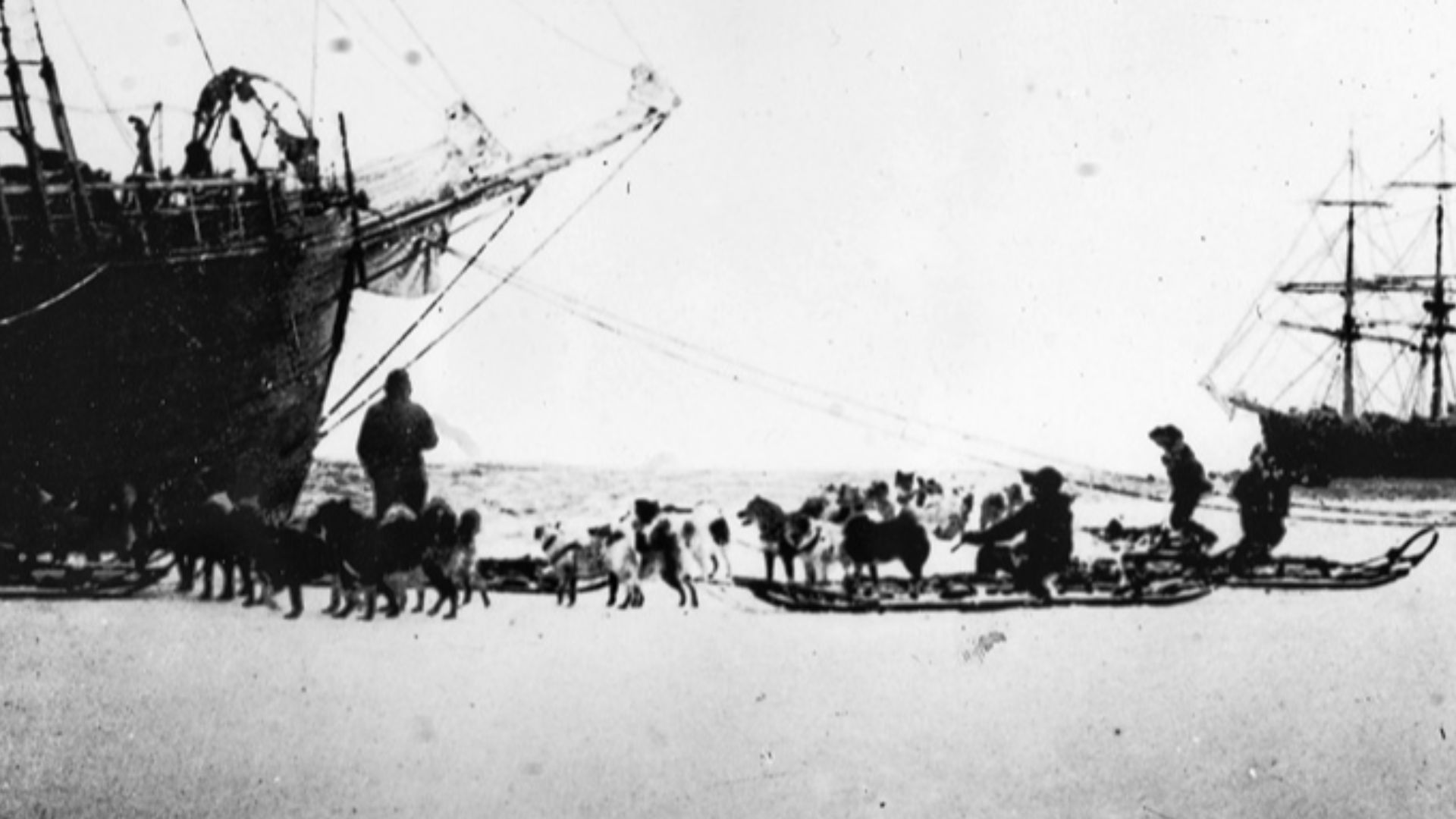 Riksarkivet (National Archives of Norway) from Oslo, Norway, Wikimedia Commons
Riksarkivet (National Archives of Norway) from Oslo, Norway, Wikimedia Commons
The Land Was Tough To Navigate, And The Men Tough To Find
Cherry-Garrard had to make some hard calls. When Scott and the others proved lost, he had to decide if he was going to risk losing some of the sled dogs to keep looking or turn back. In the end, he turned back to avoid this risk. But when a new detail came to light, he regretted his choices.
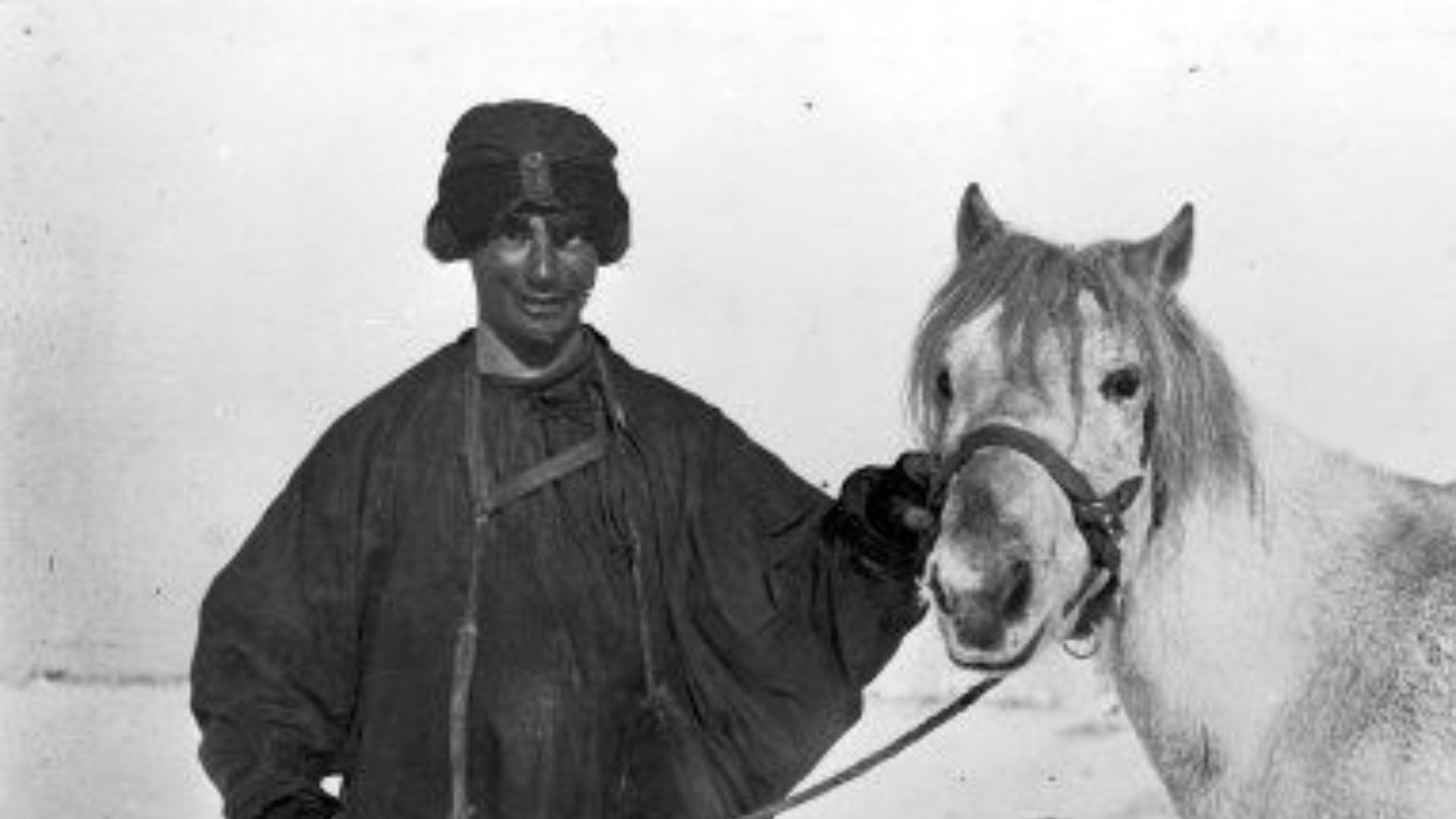 Herbert Ponting, Wikimedia Commons
Herbert Ponting, Wikimedia Commons
A Chance They Could Have Been Saved
Scott’s party was only 70 miles away from where Cherry-Garrard was searching. If he had chosen a different course of action, he might have been able to save the polar party. This possibility plagued Cherry-Garrard until his last days.
 Herbert Ponting, Wikimedia Commons
Herbert Ponting, Wikimedia Commons
The Expedition Came To A Sorrowful End
After a second rescue mission was unsuccessful, it took a whole year before the expedition finally came to an end. Ex-Royal Navy Officer Victor Campbell took command and on January 18, 1913, the Terra Nova returned to retrieve the remaining scientists and explorers. A wooden cross was erected near their living quarters to commemorate the fallen party.
 DE AGOSTINI PICTURE LIBRARY, Getty Images
DE AGOSTINI PICTURE LIBRARY, Getty Images
Their Memories Lived On, As Did Their Work
Despite losing the Pole race to the Norwegians, the British public was more focused on the loss of such great men. It was easy to overlook a lot of the mission due to their passing. Even the immense scientific legacy of this expedition was overlooked, and the scientists on the expedition made extensive contributions to several different areas.
Humans Can Endure Anything
The Terra Nova expedition saw many highs and lows but is truly a testament to human willpower and perseverance. The loss of life shouldn’t outweigh the great successful scientific discoveries, nor vice versa. In the end, the ship itself was lost during WWII off the southern coast of Greenland.
You May Also Like:
The Most Doomed Antarctic Expedition In History
The Most Infamous Expedition In American History
The Franklin Expedition: History's Most Baffling Disappearance




